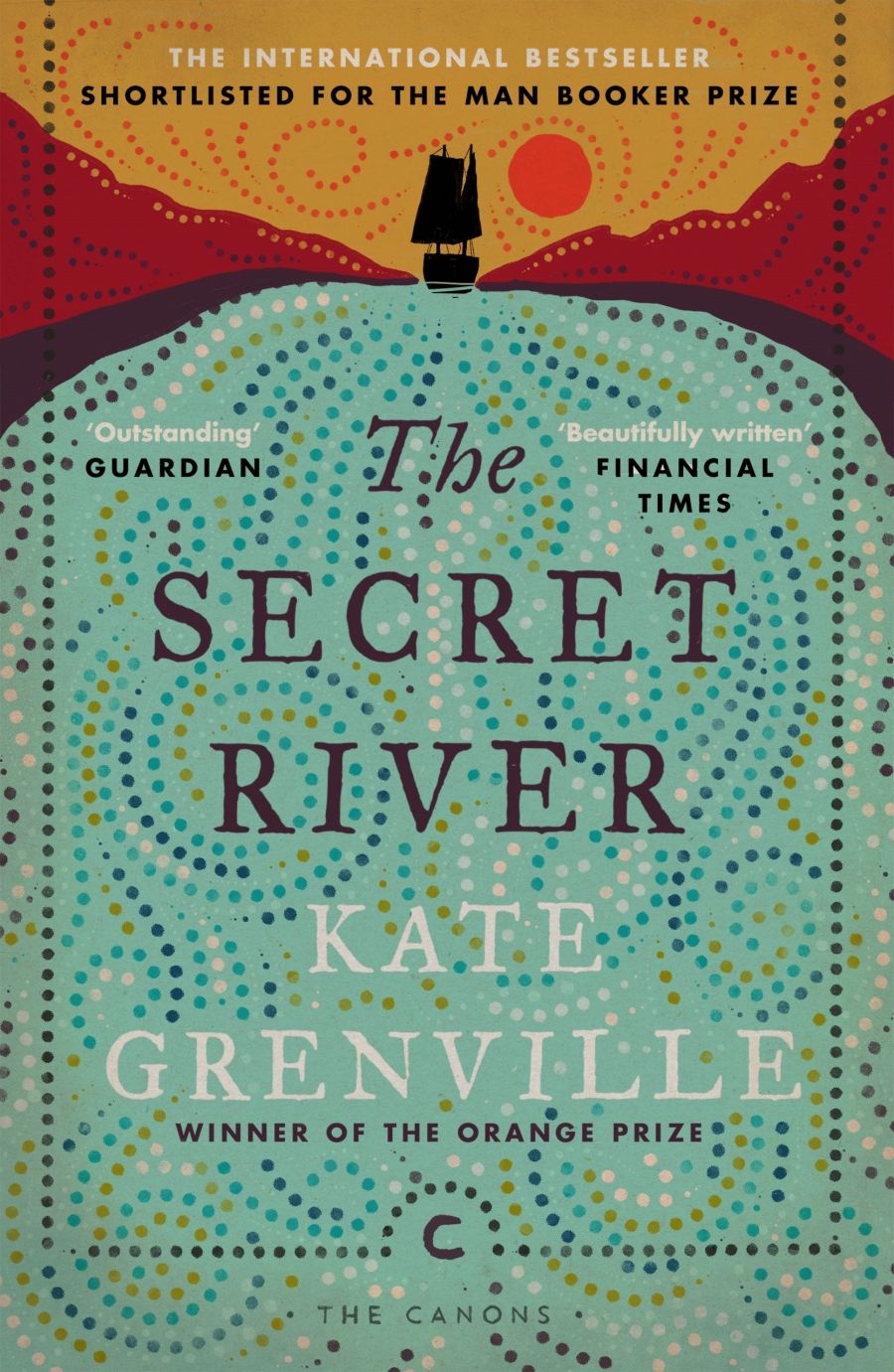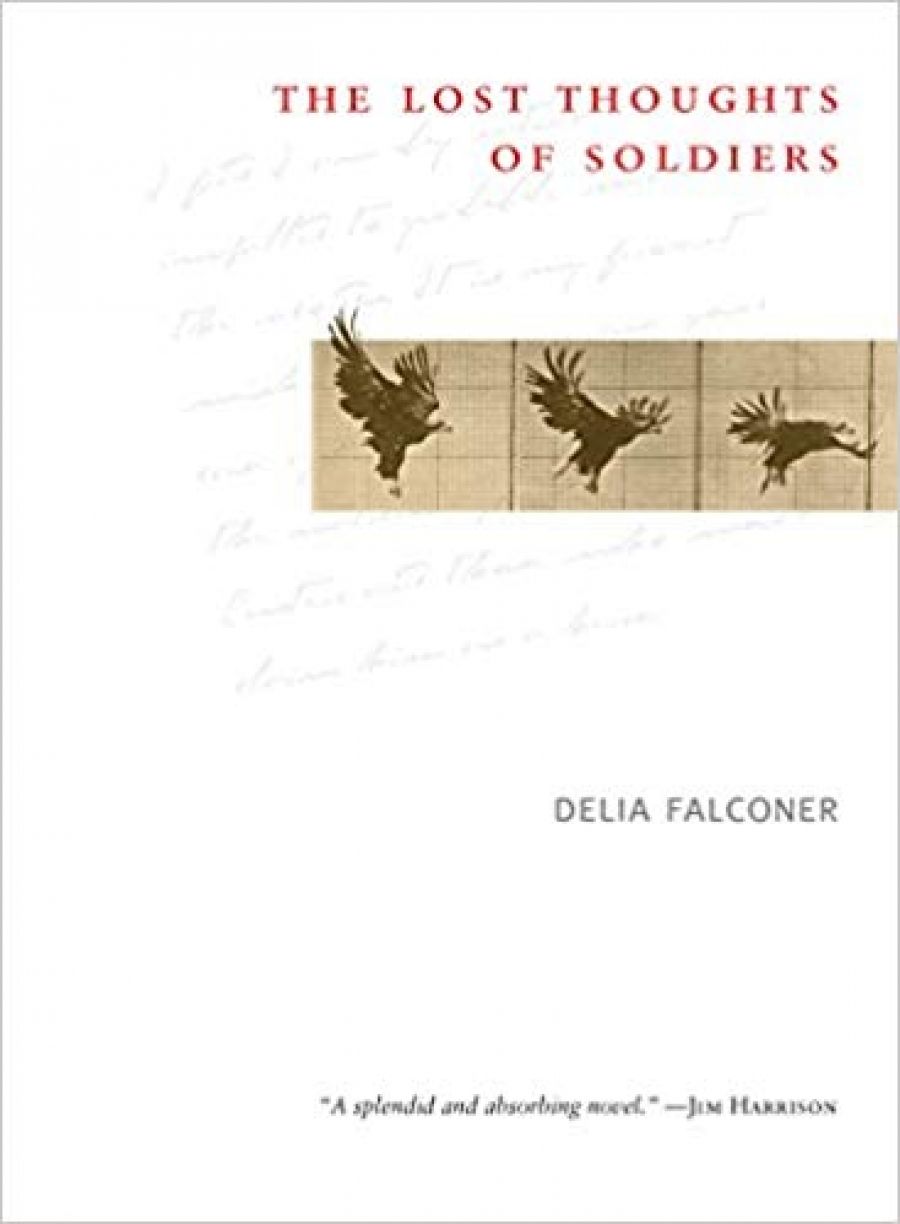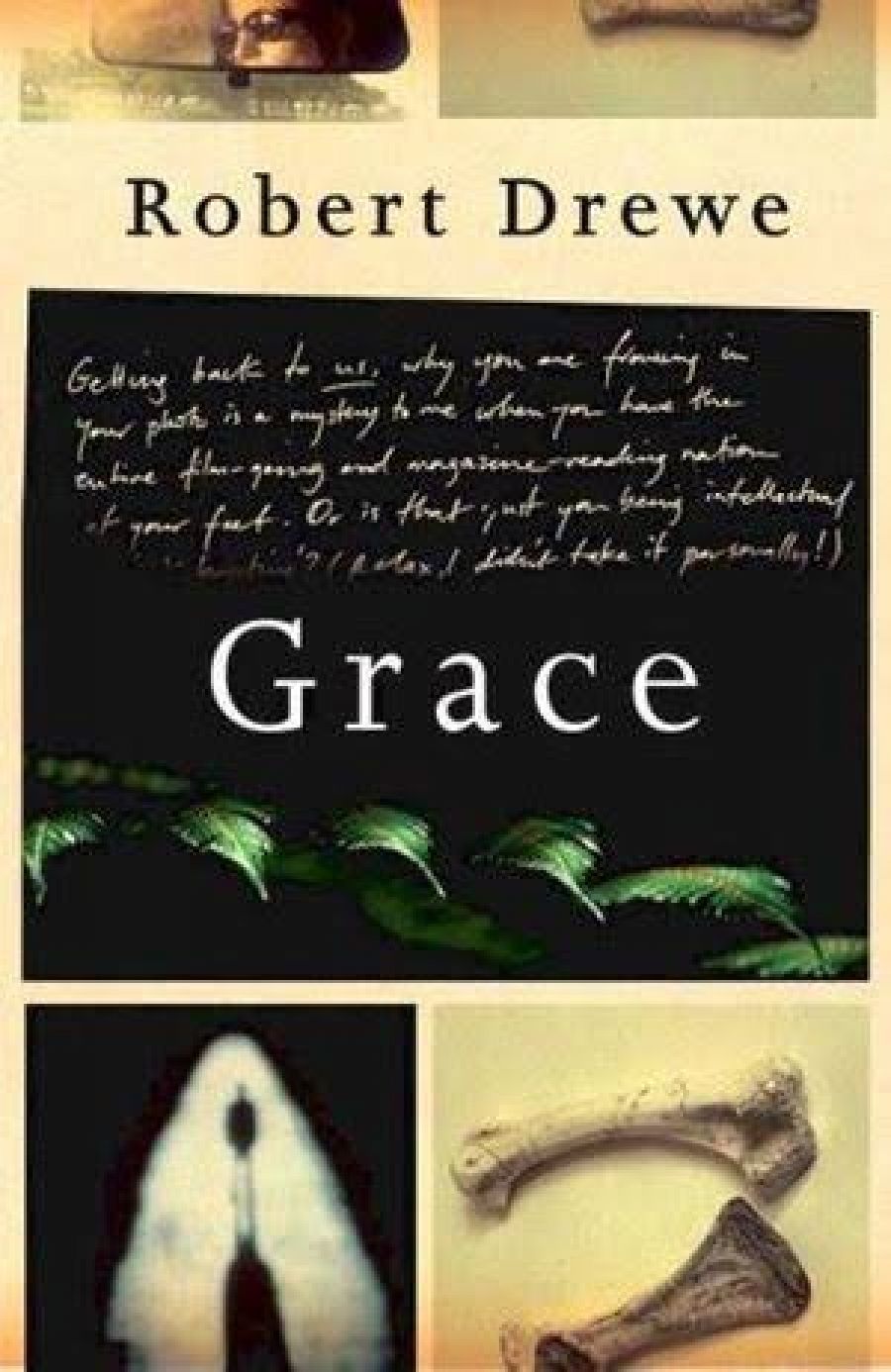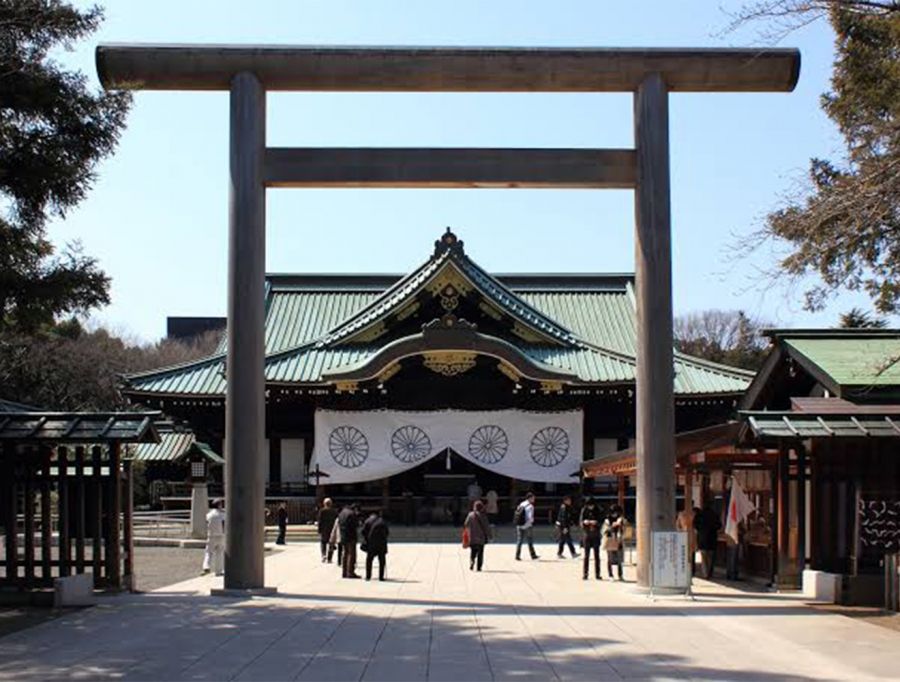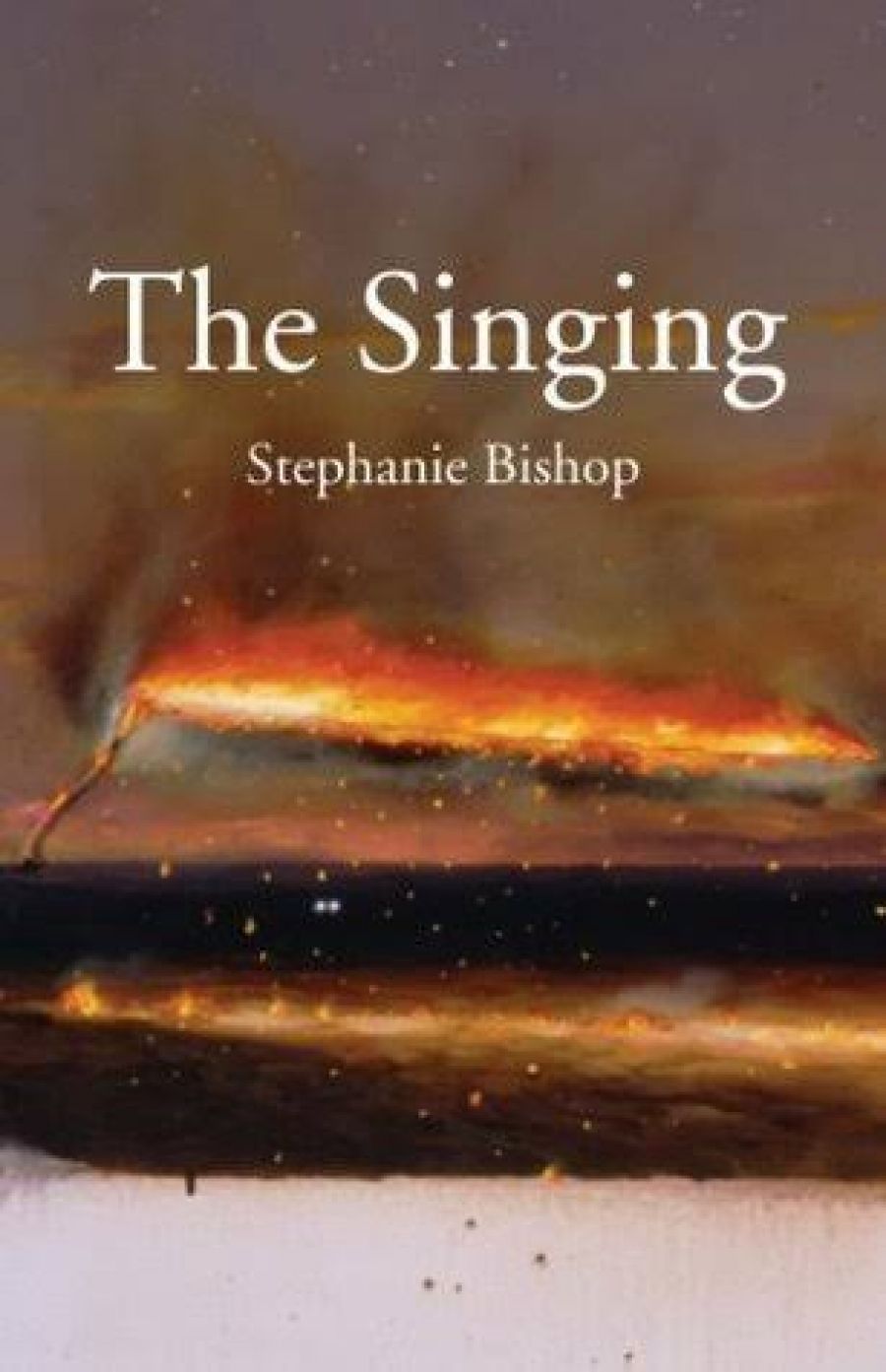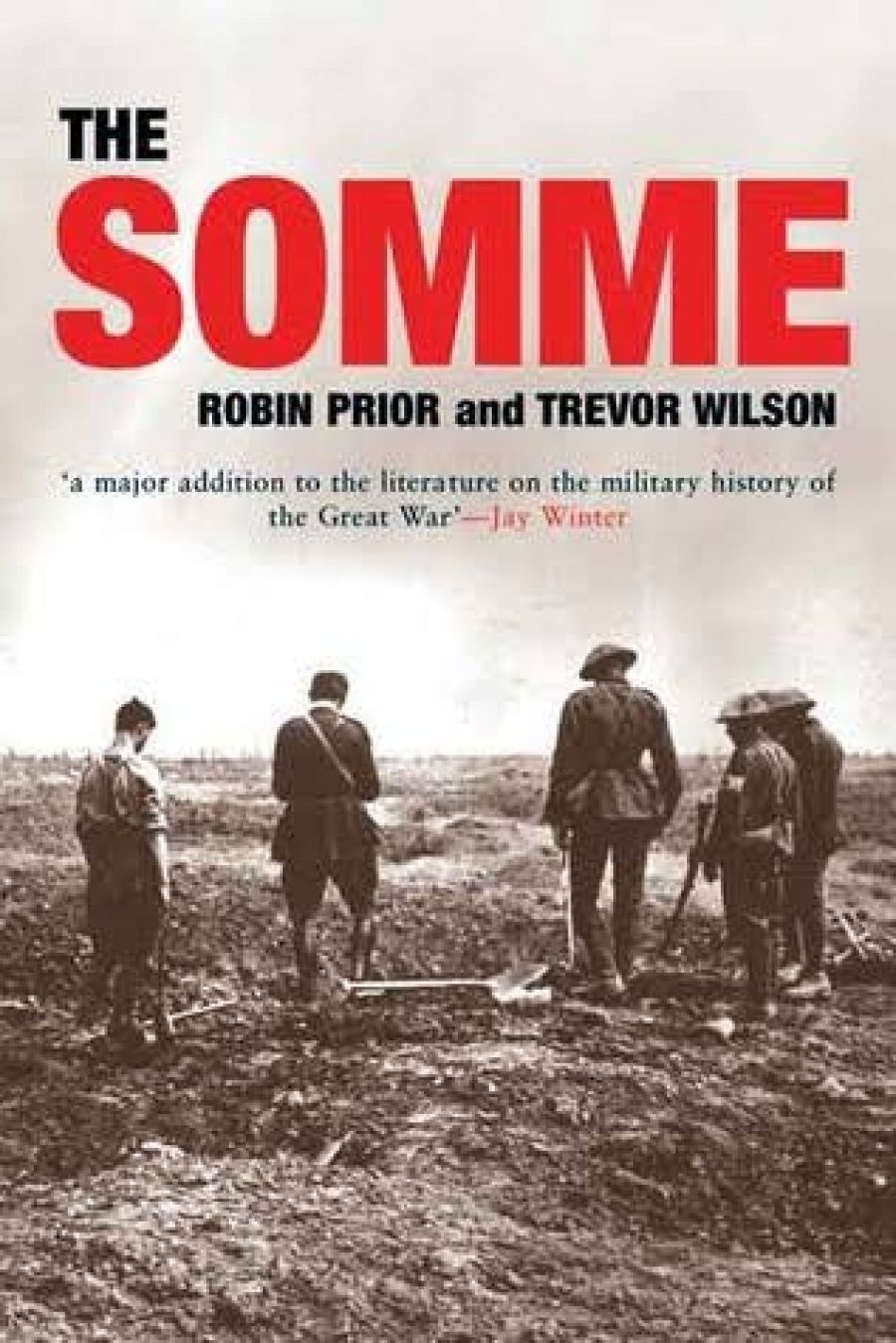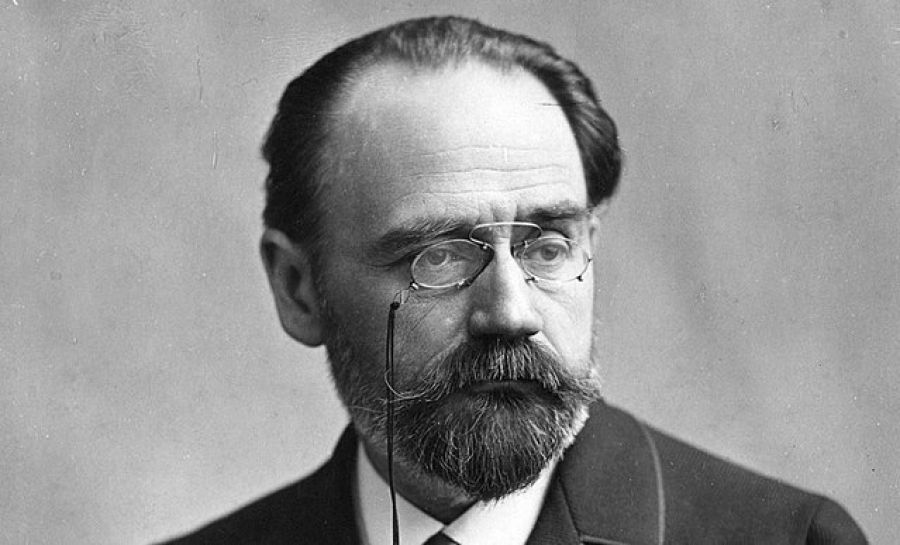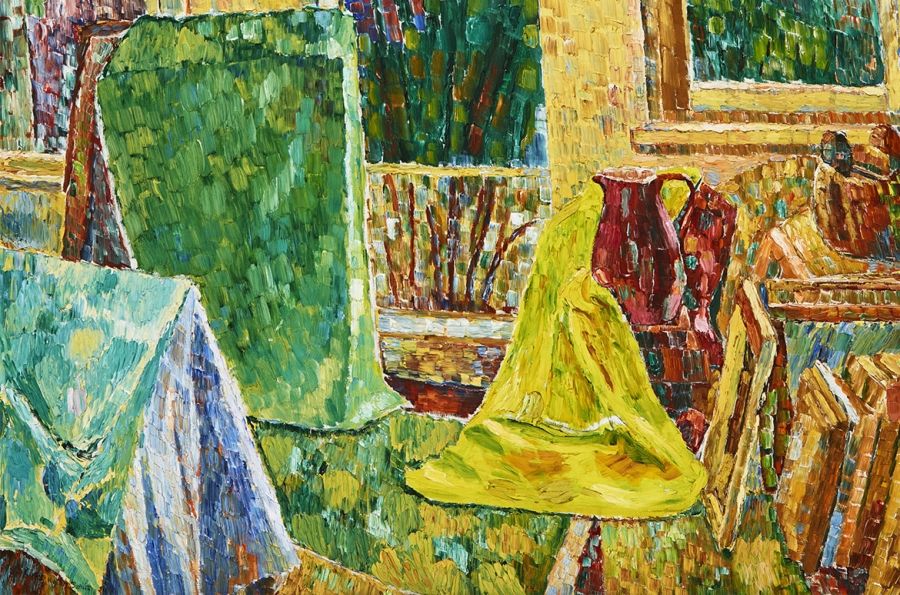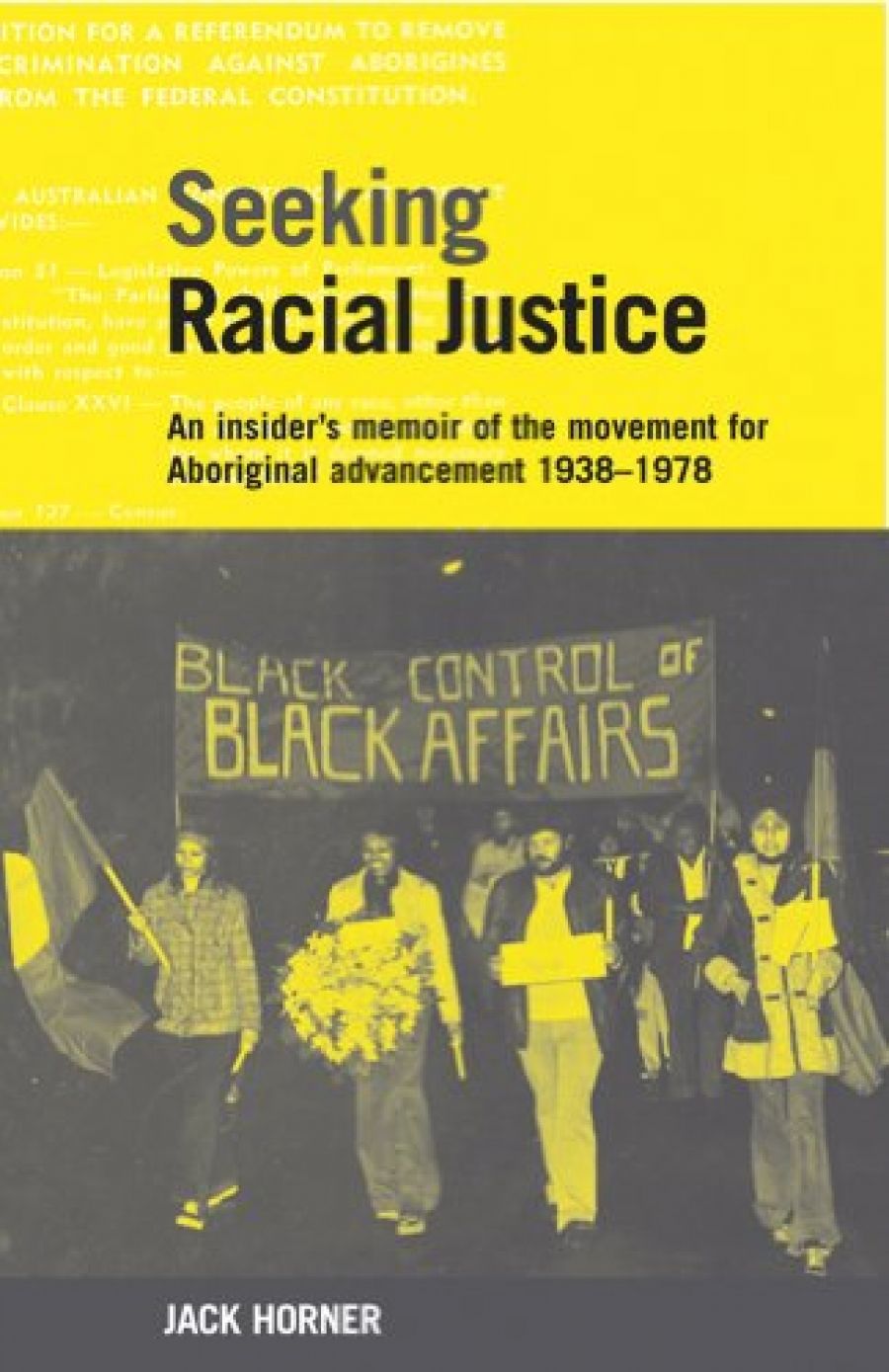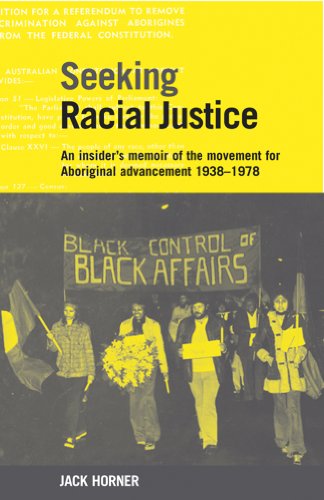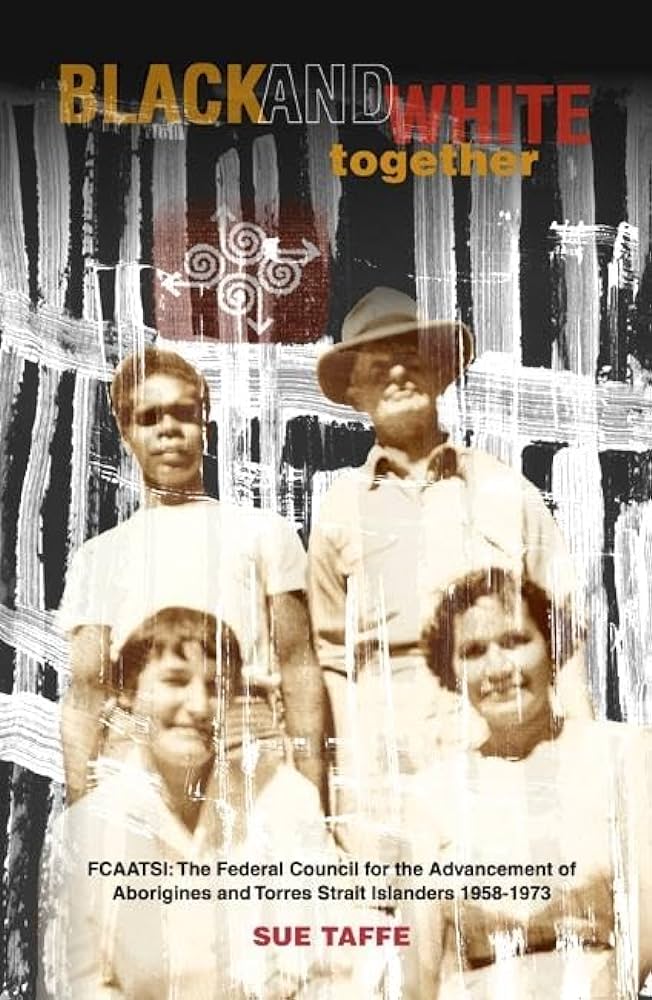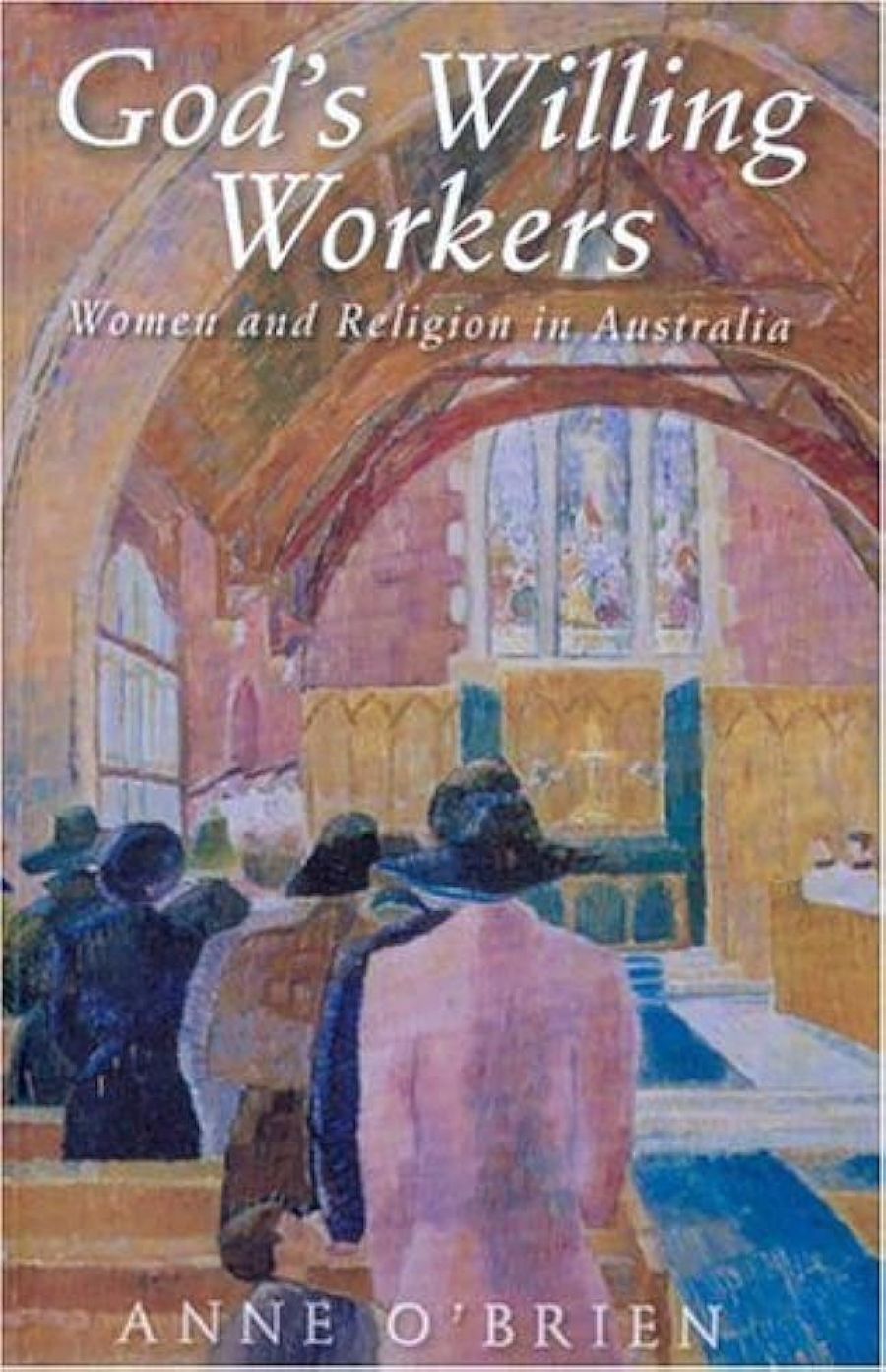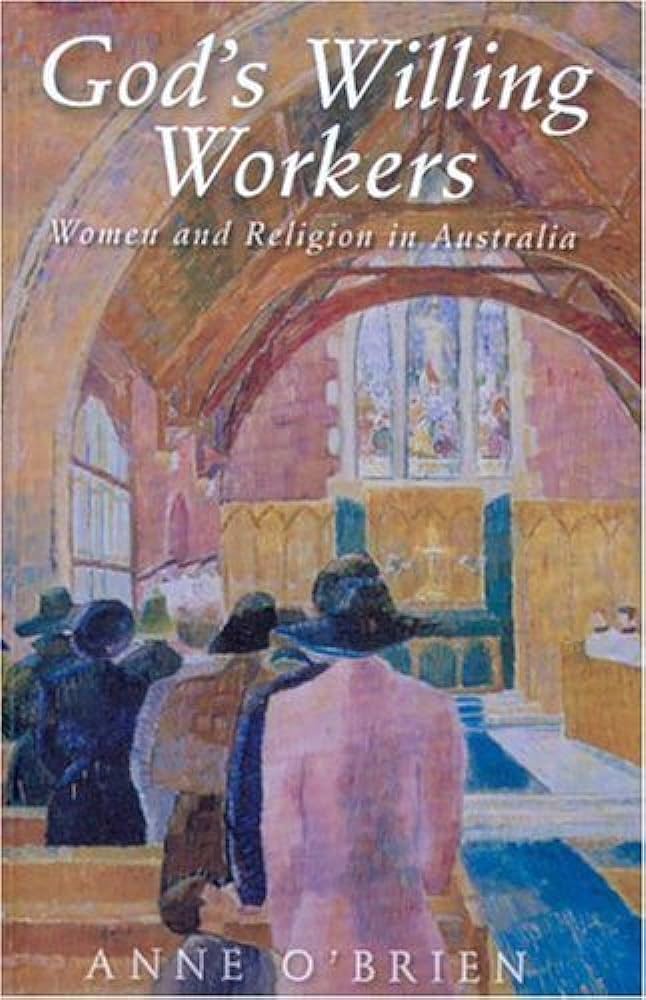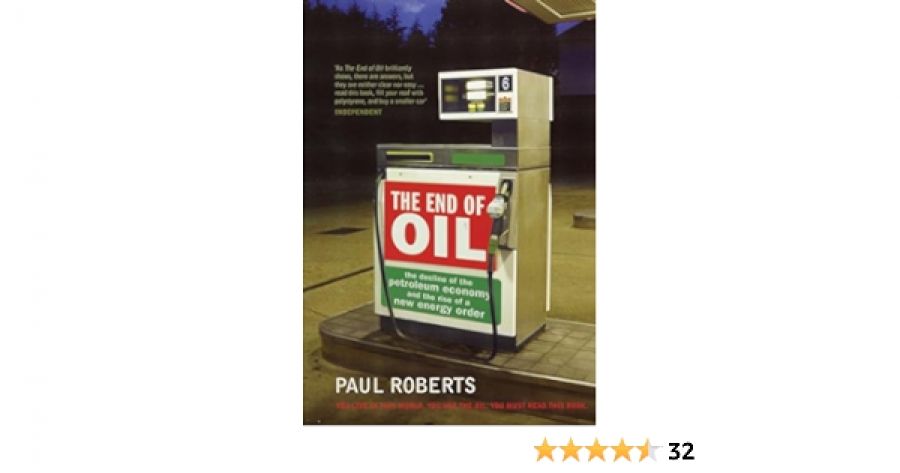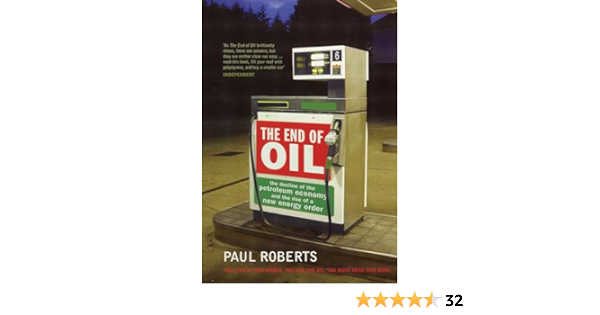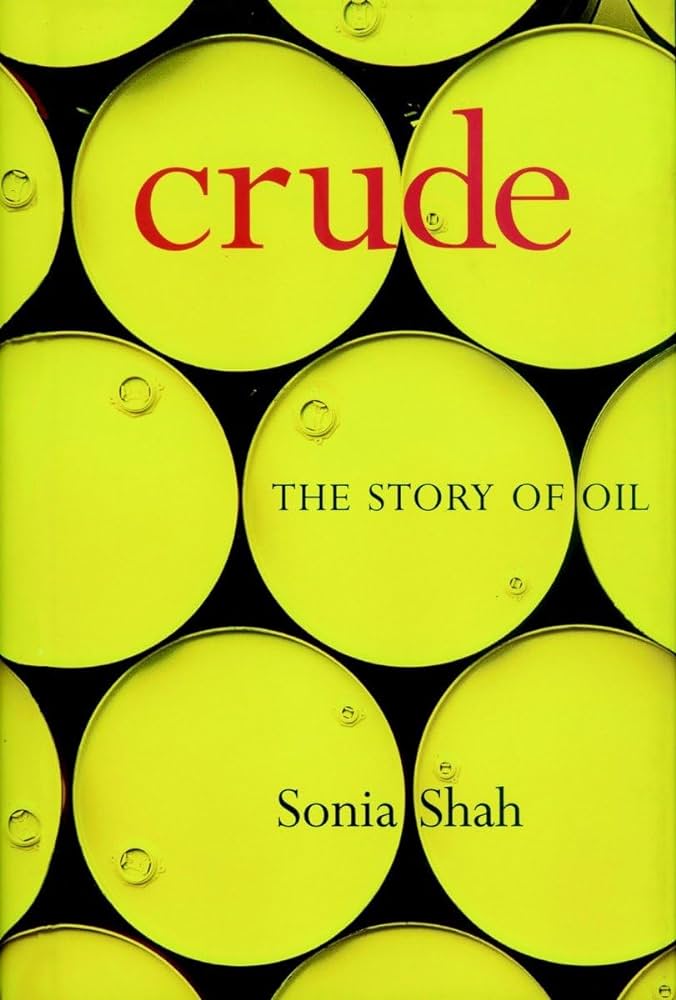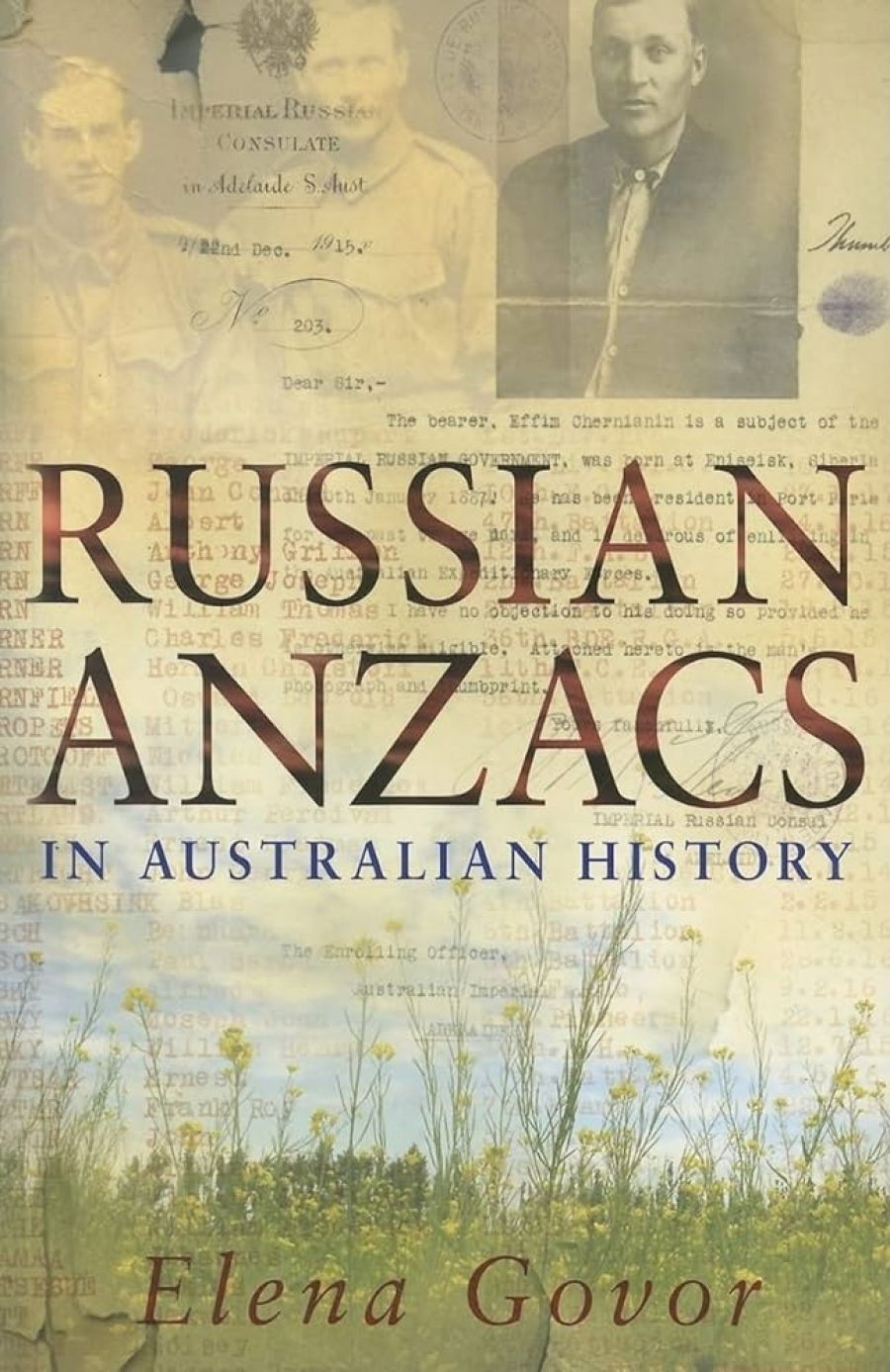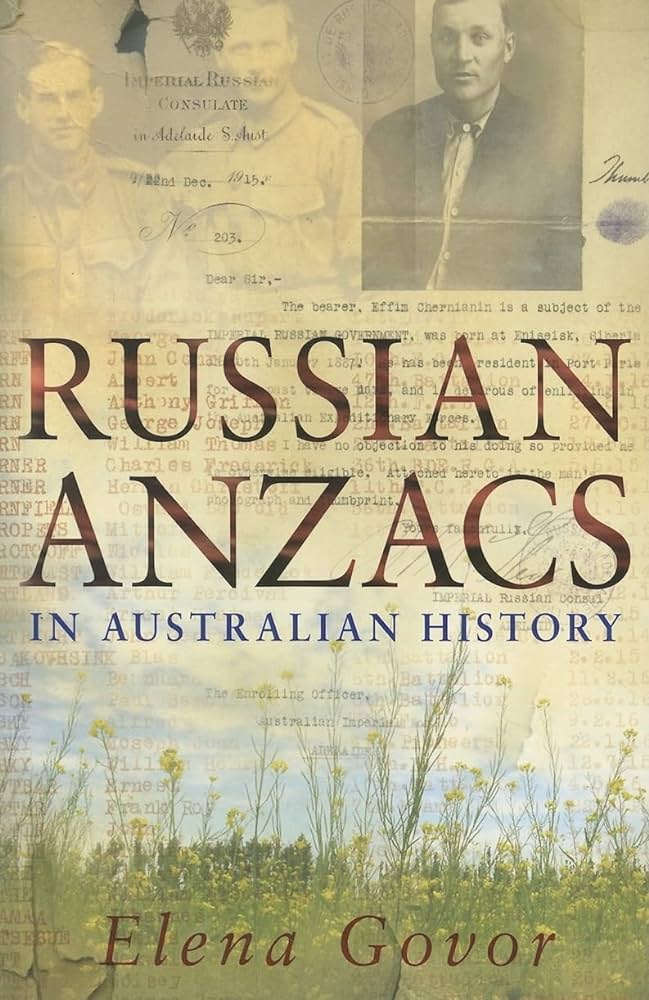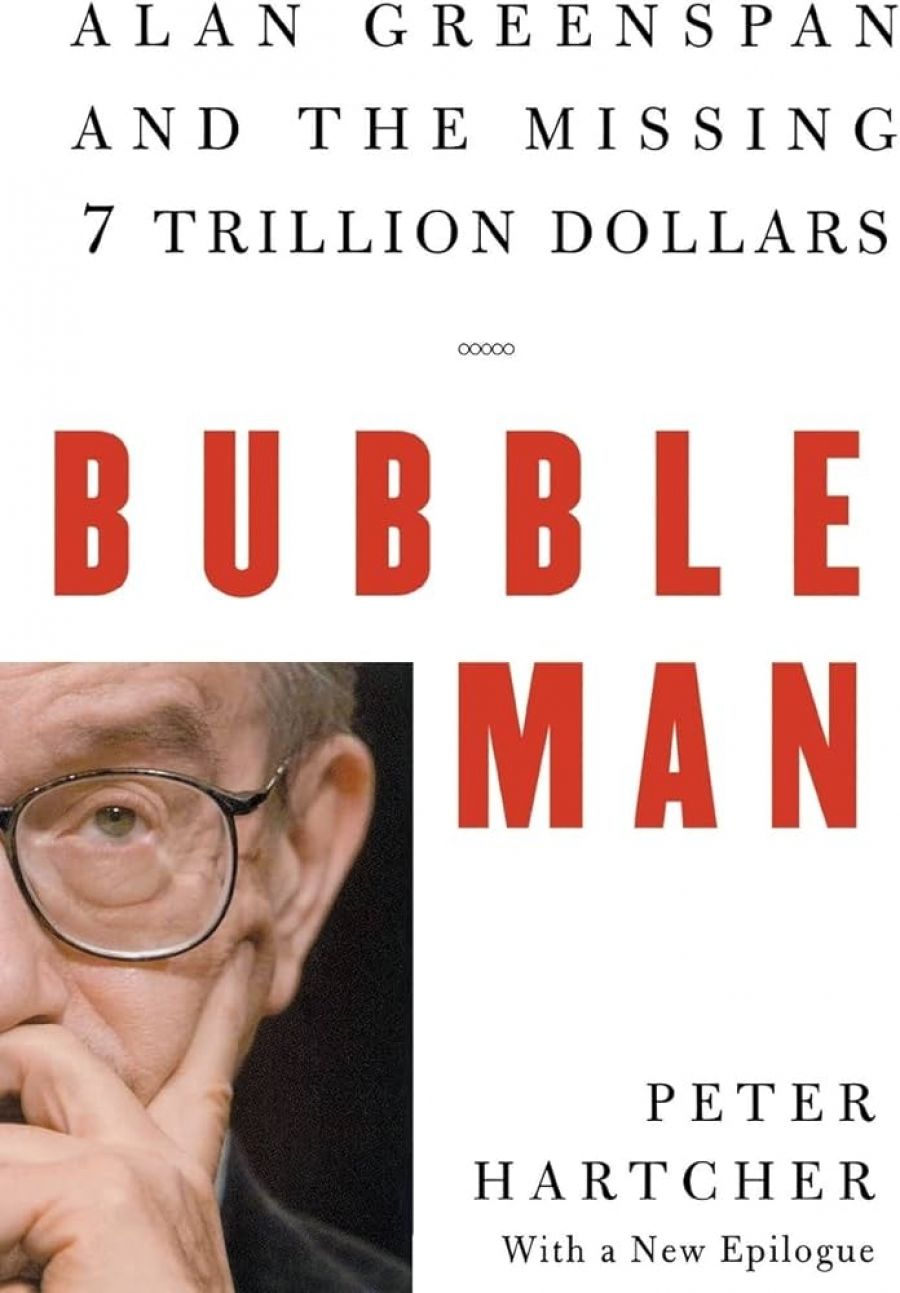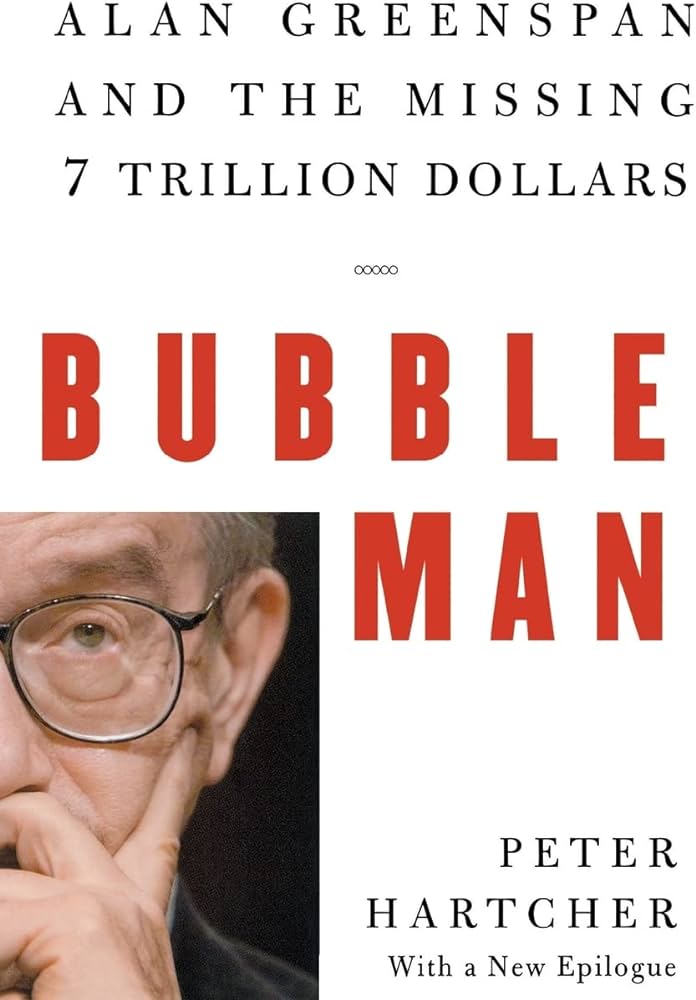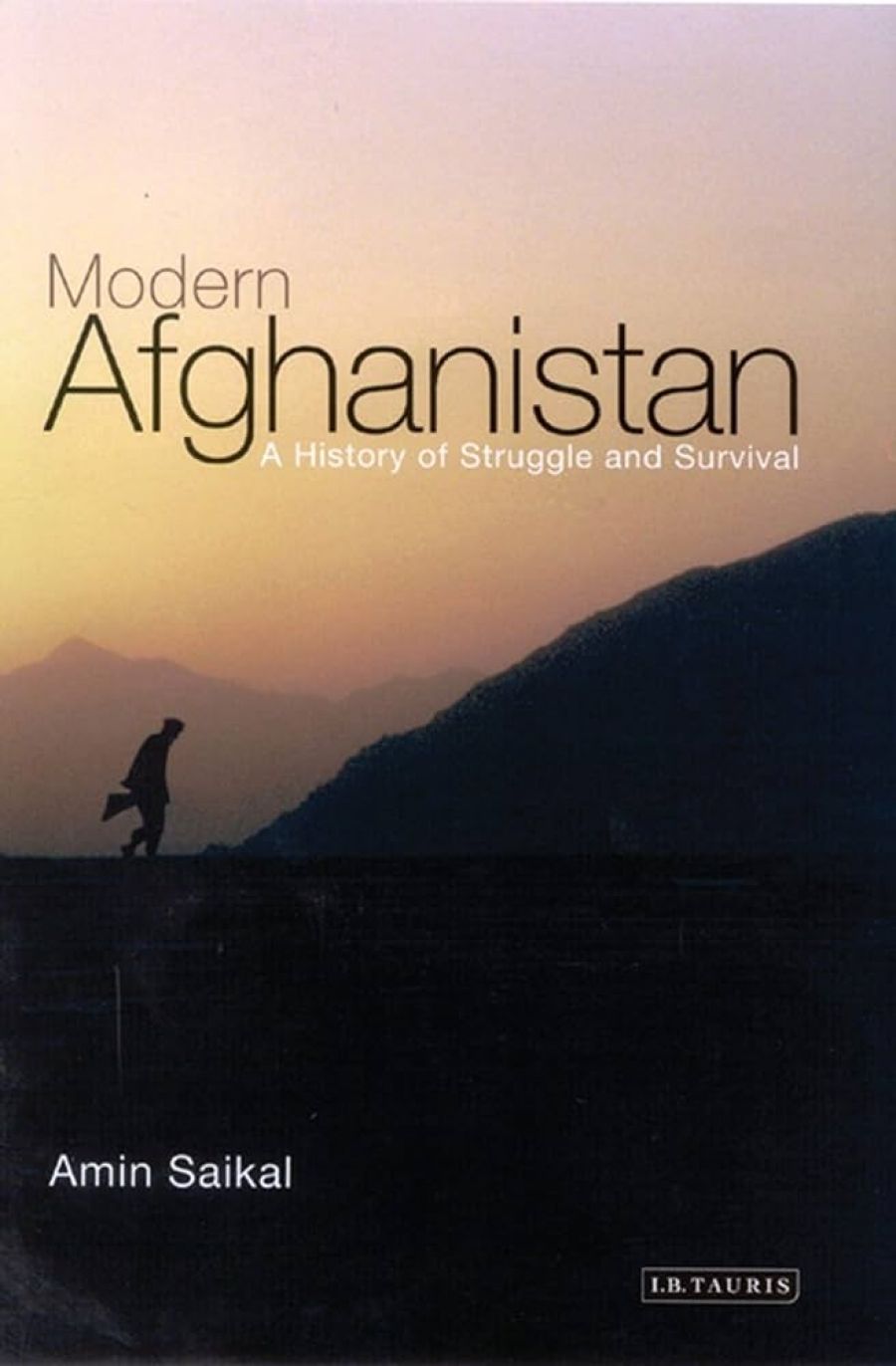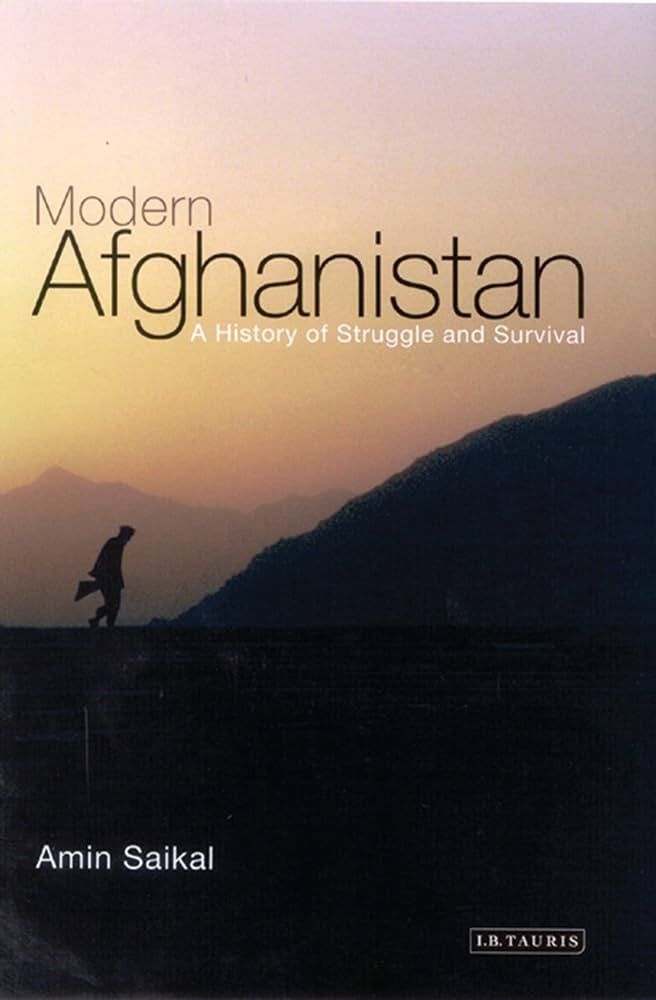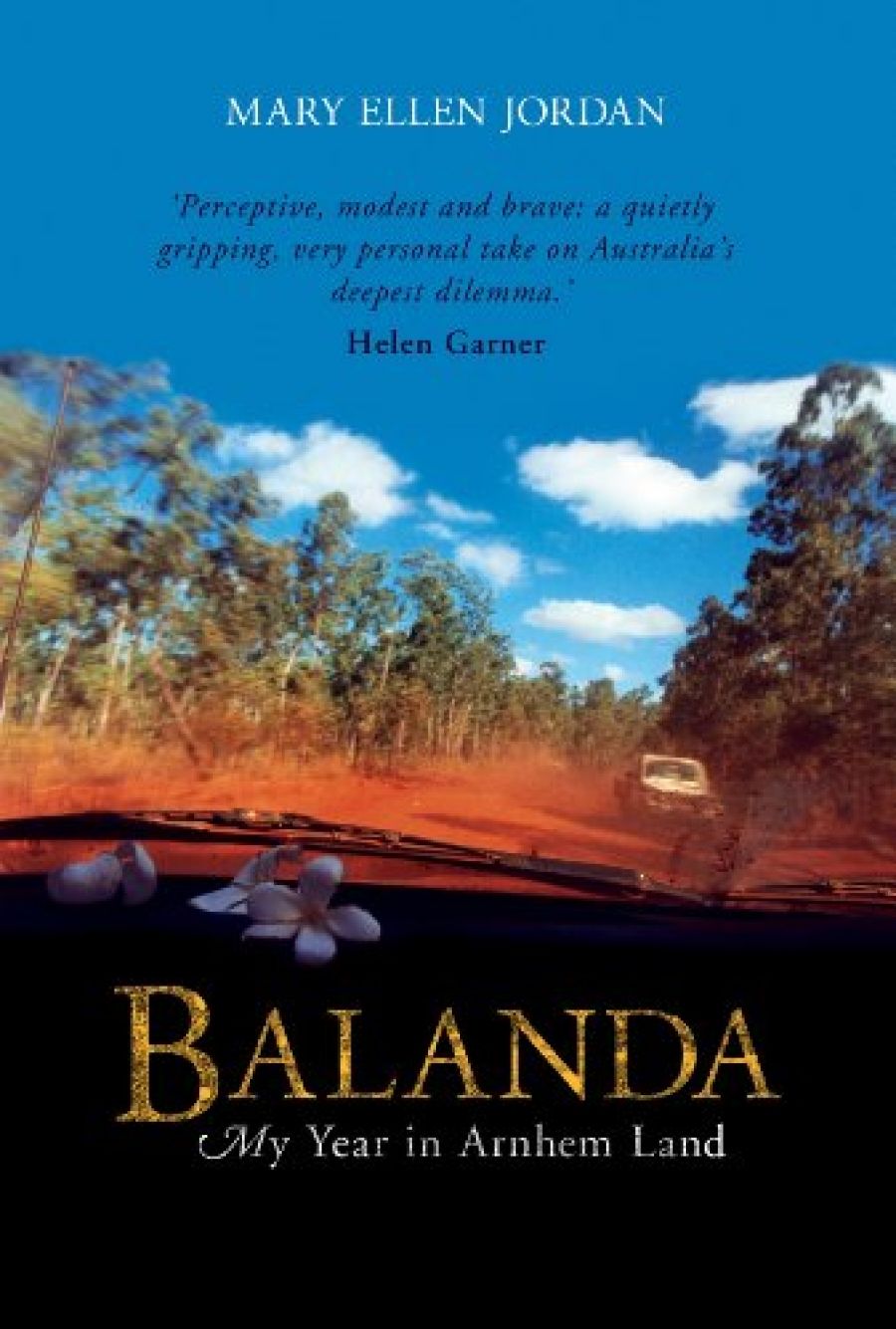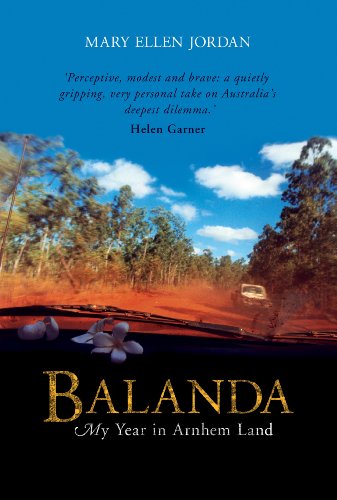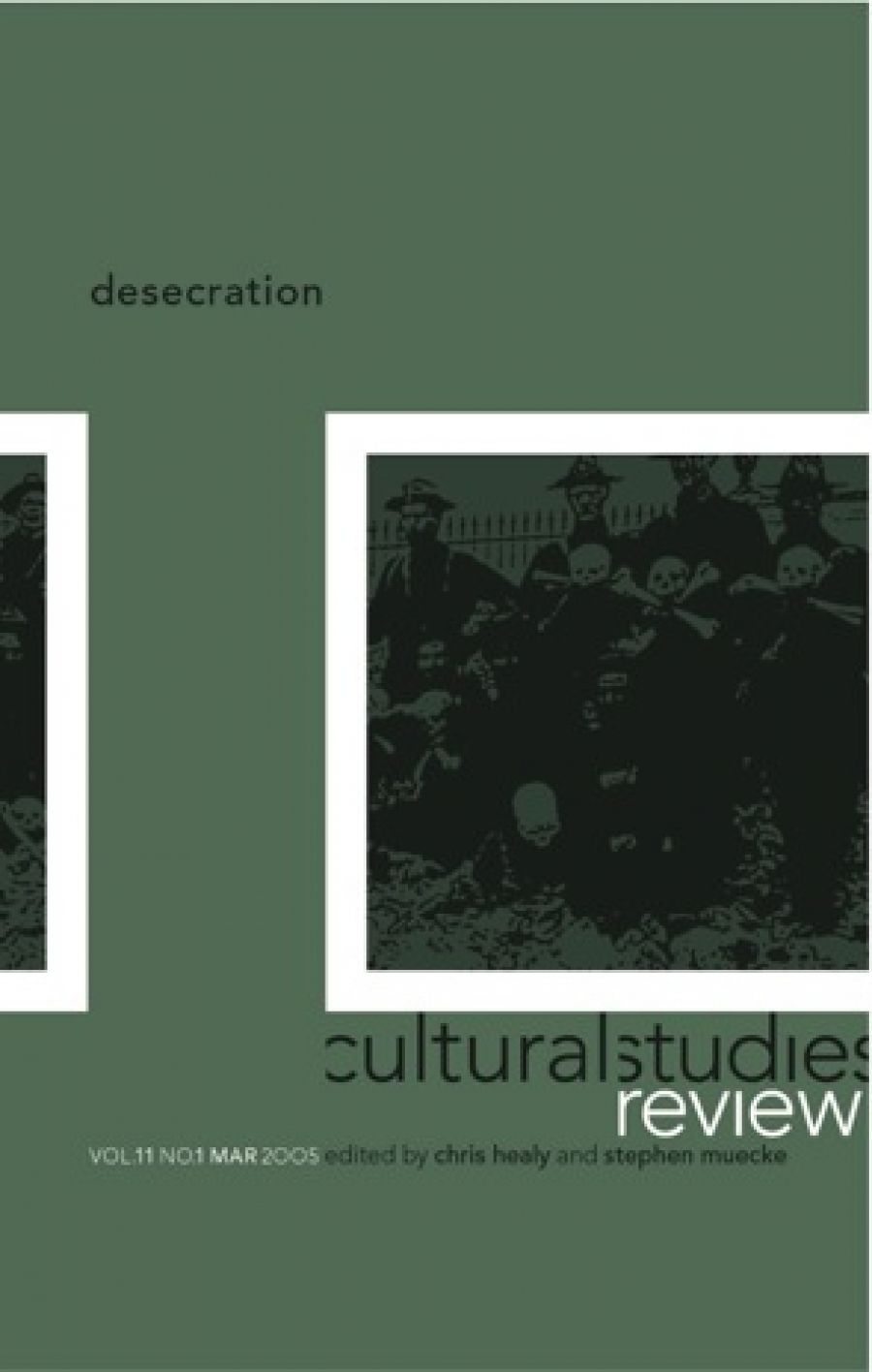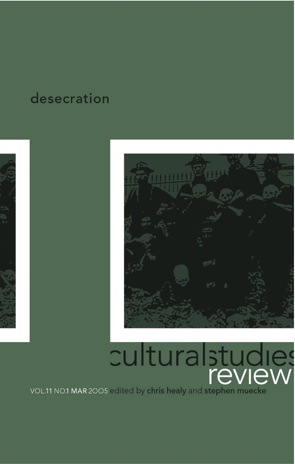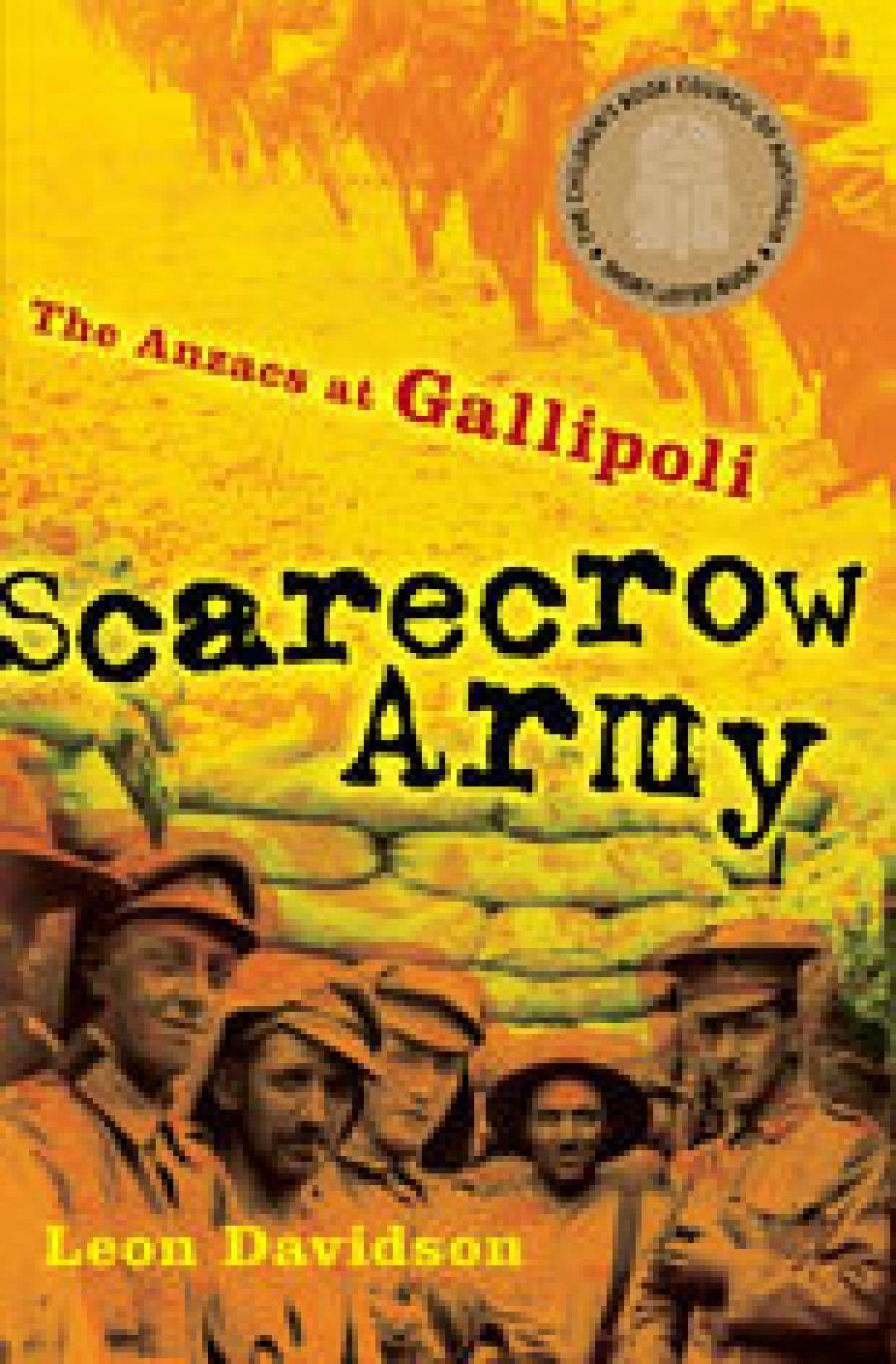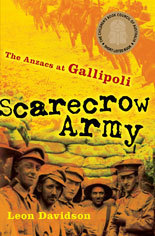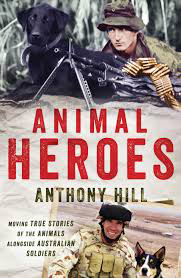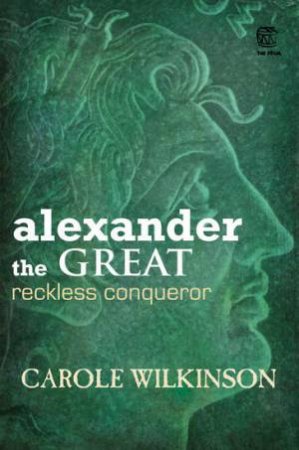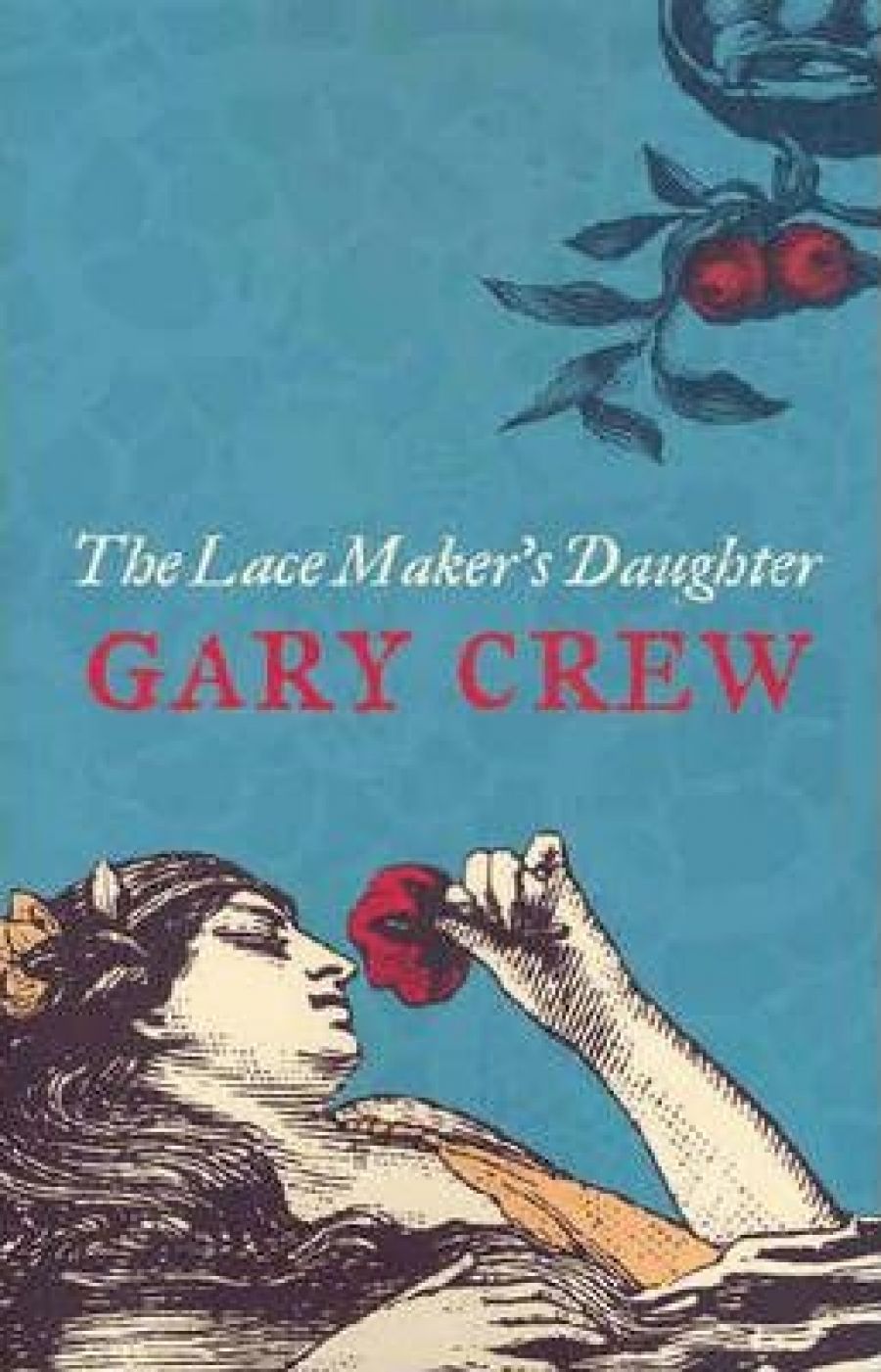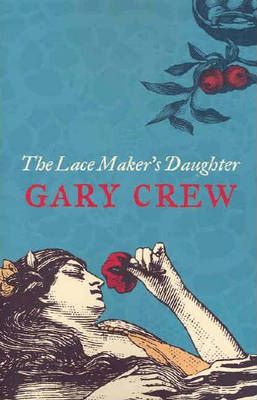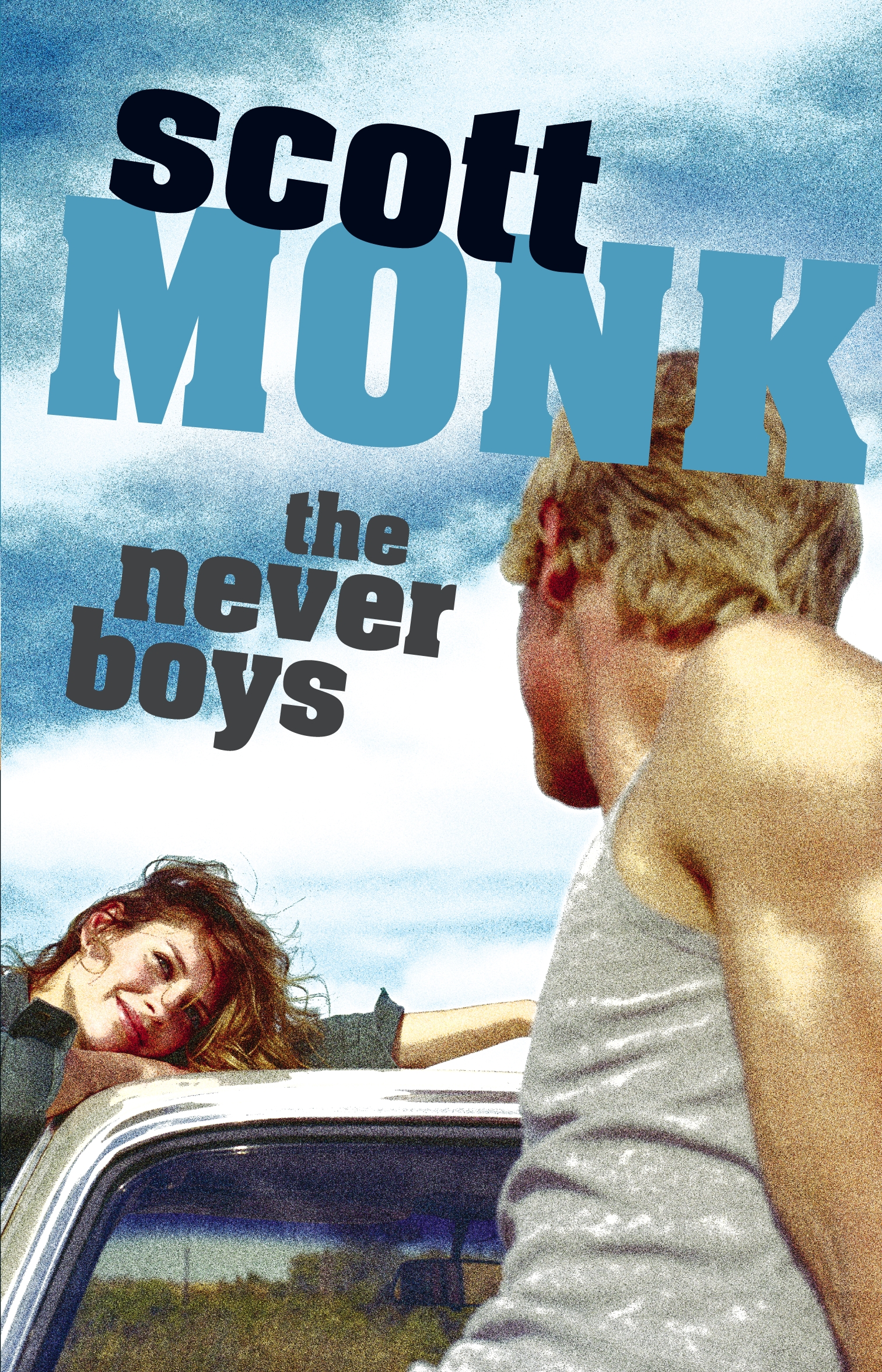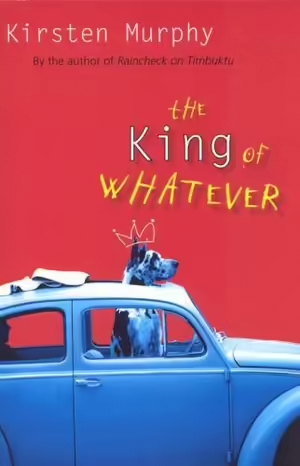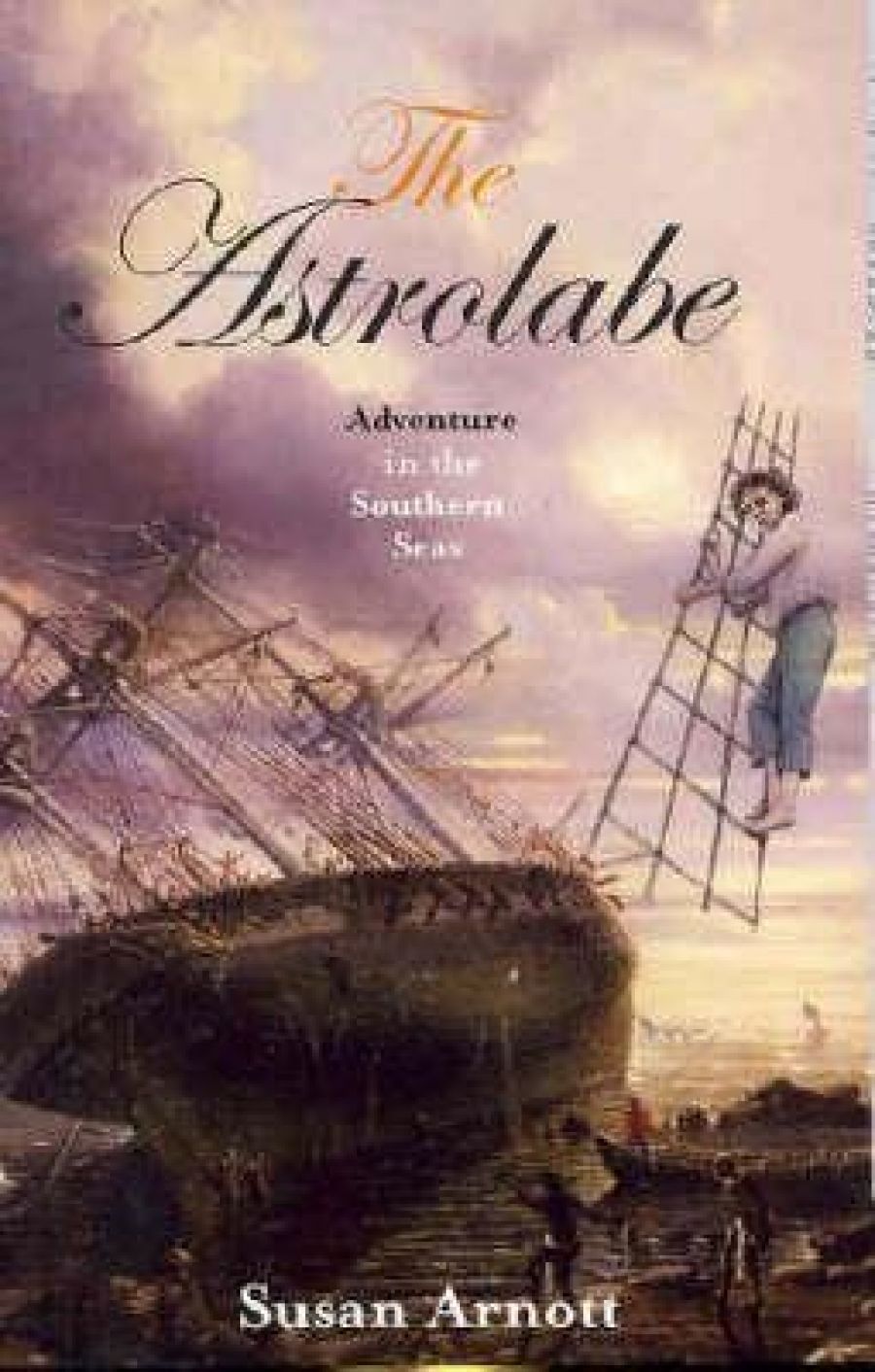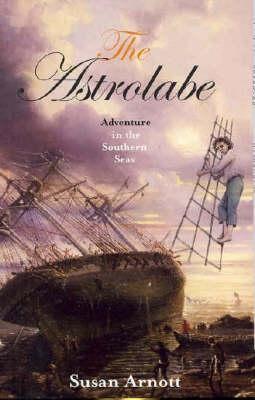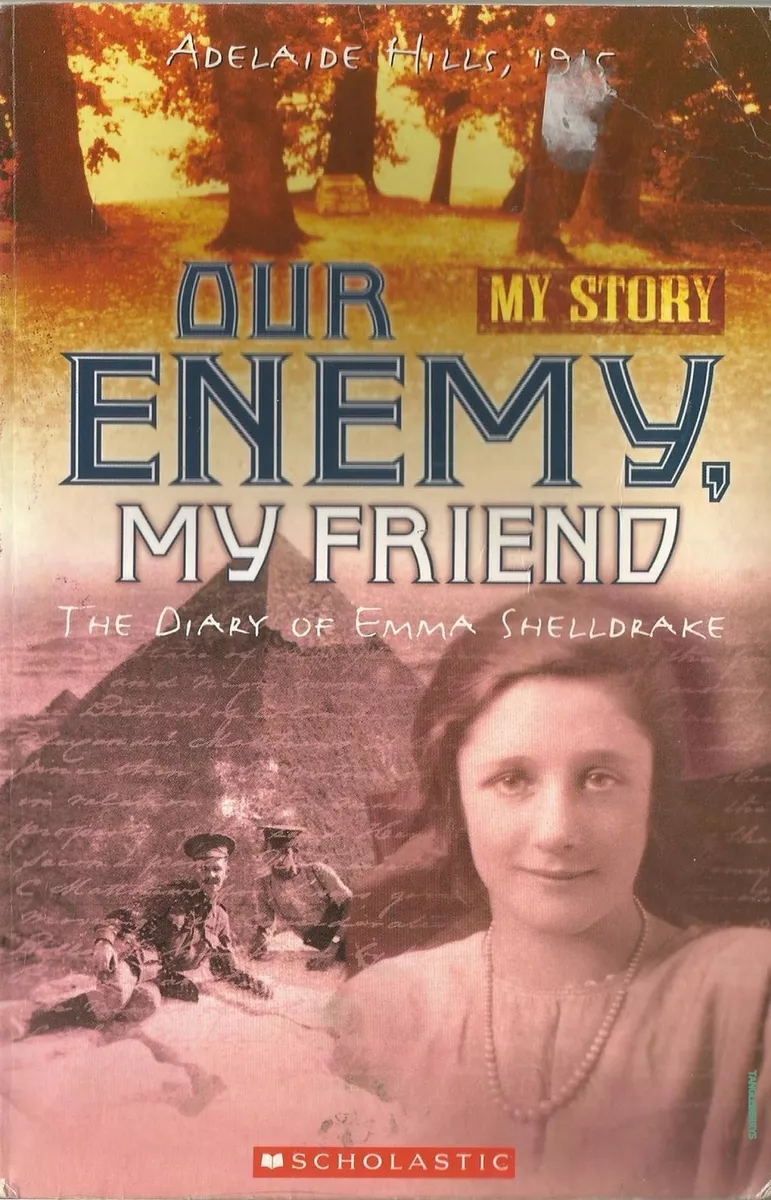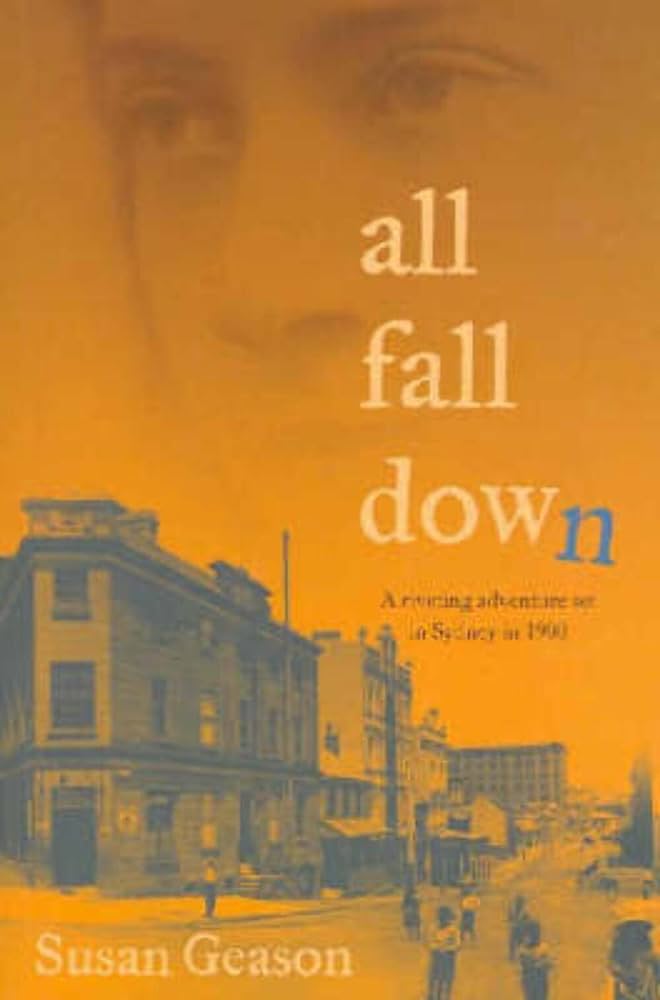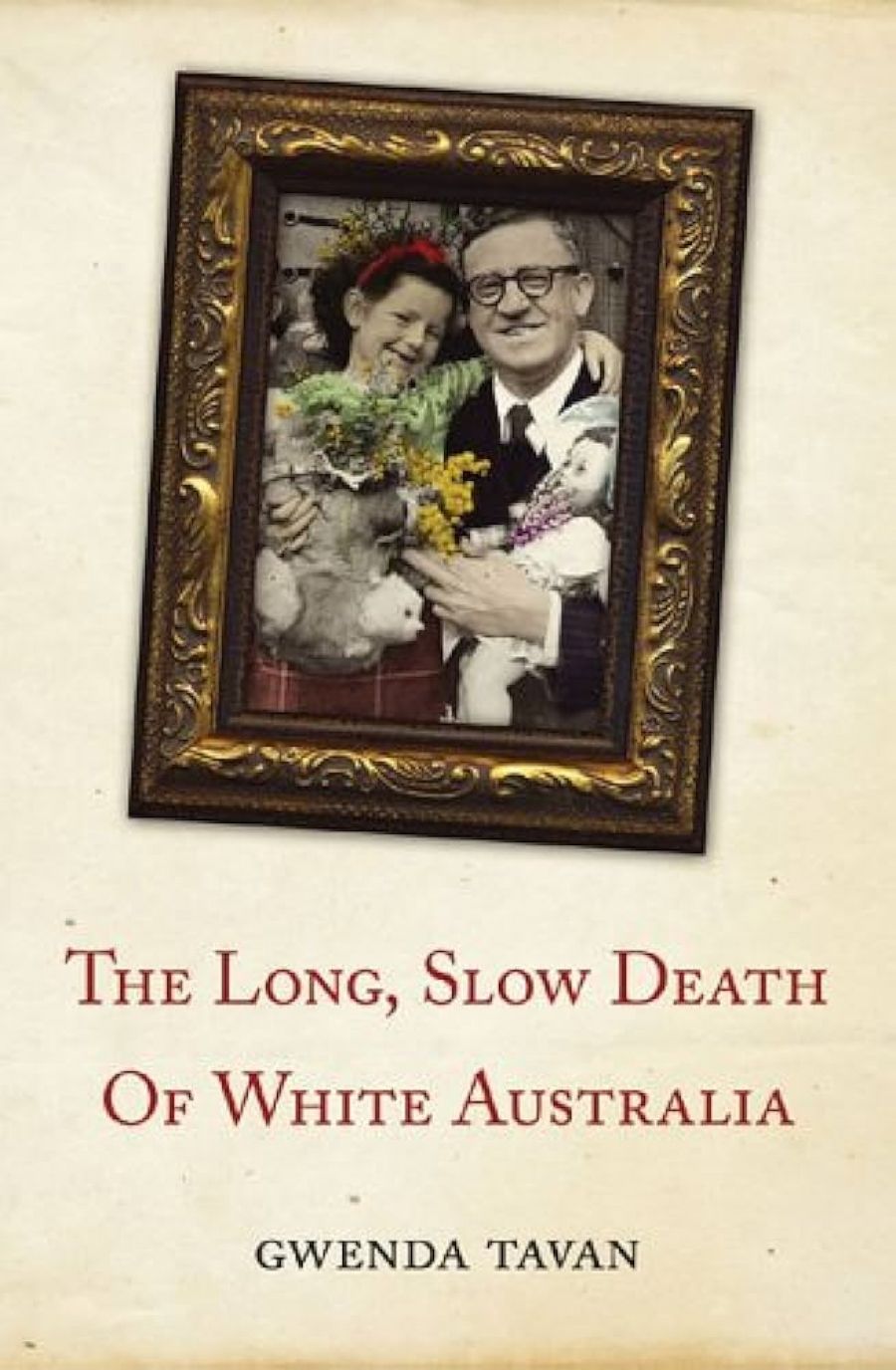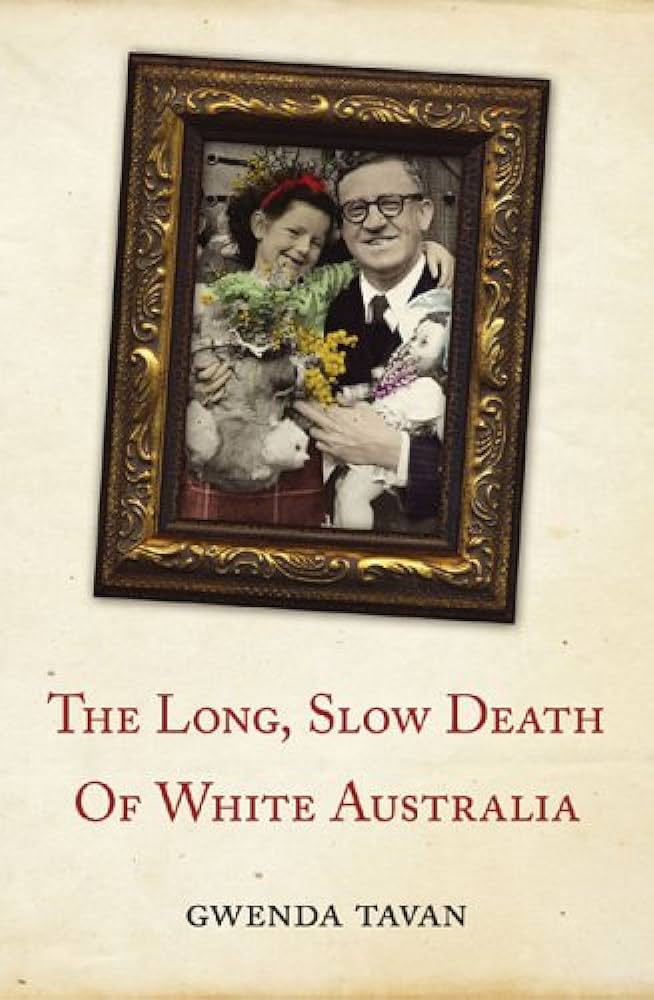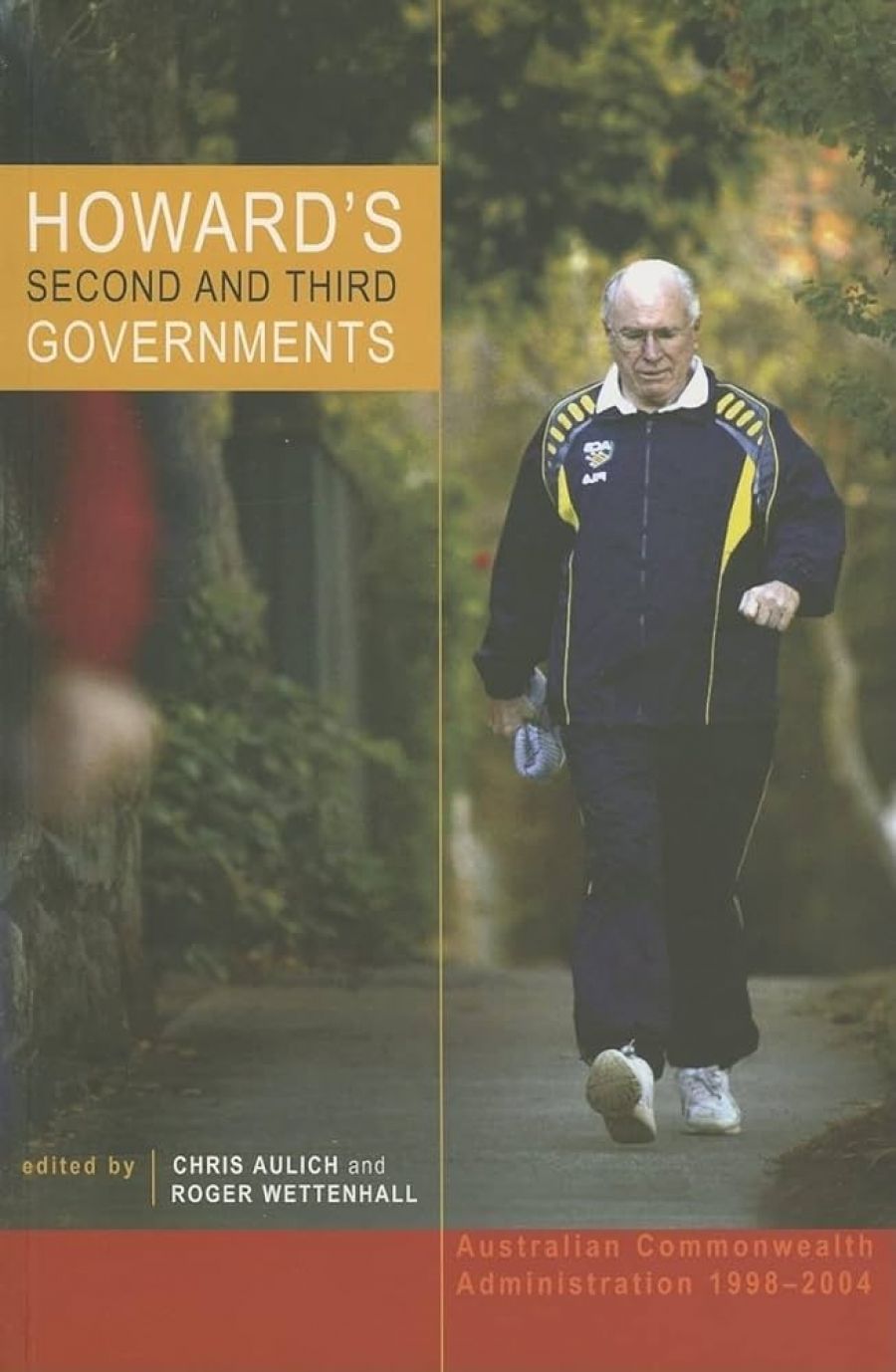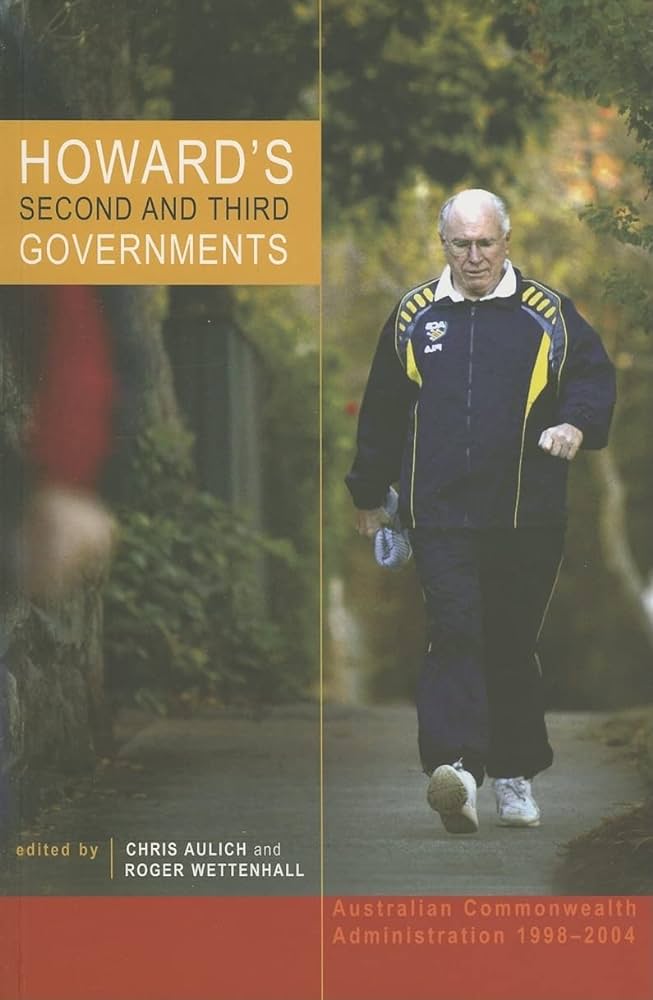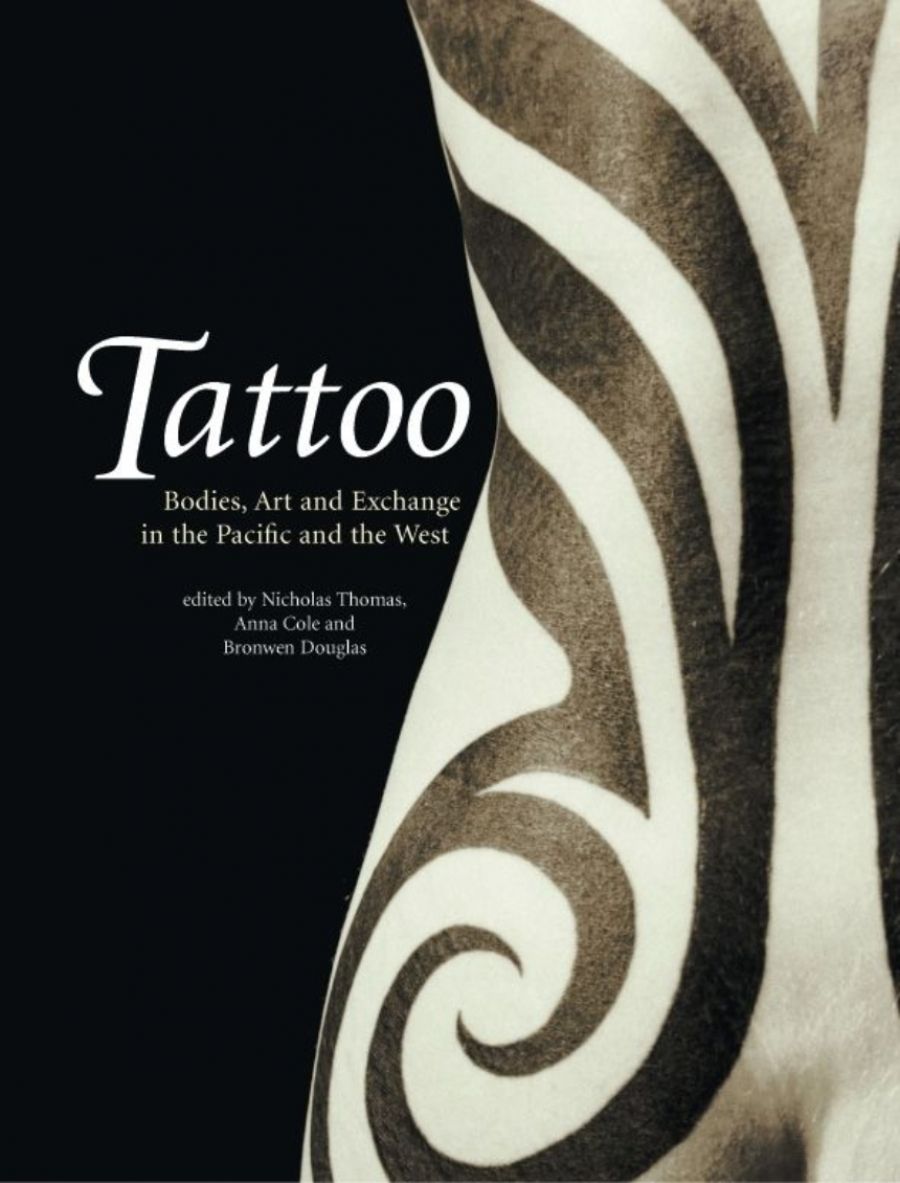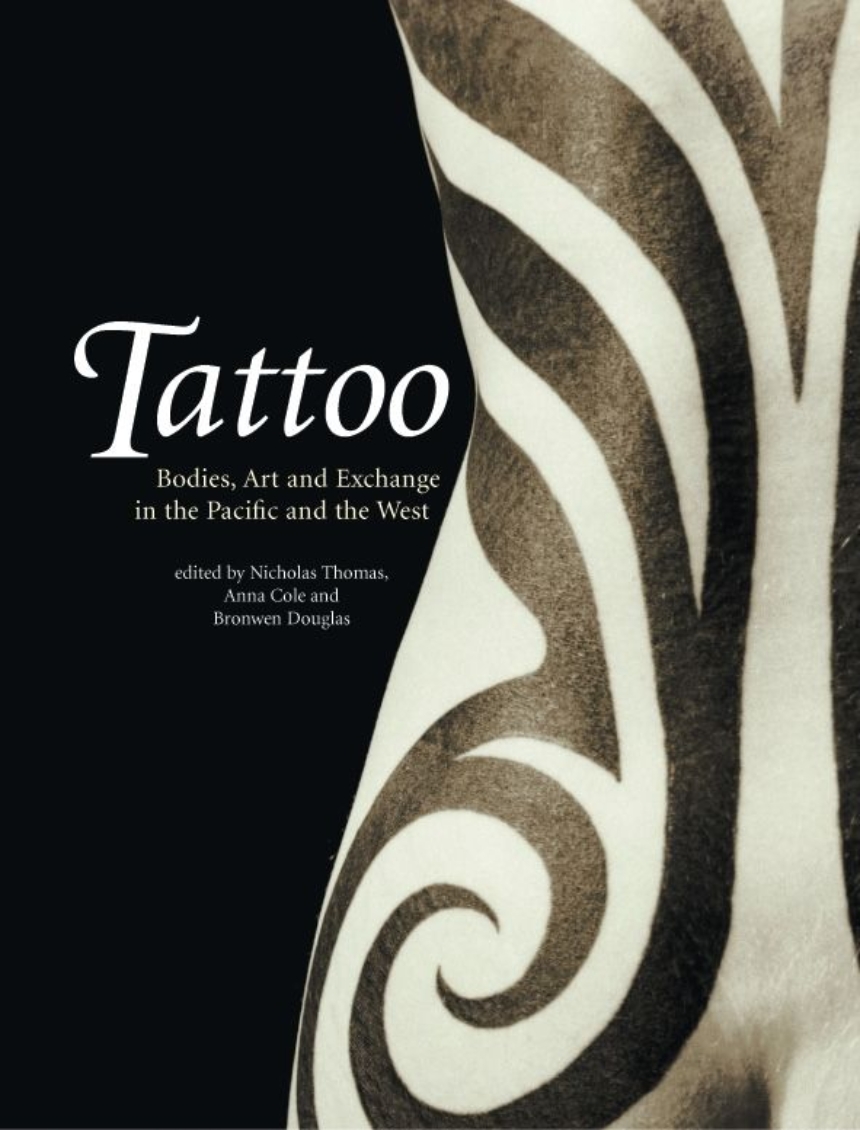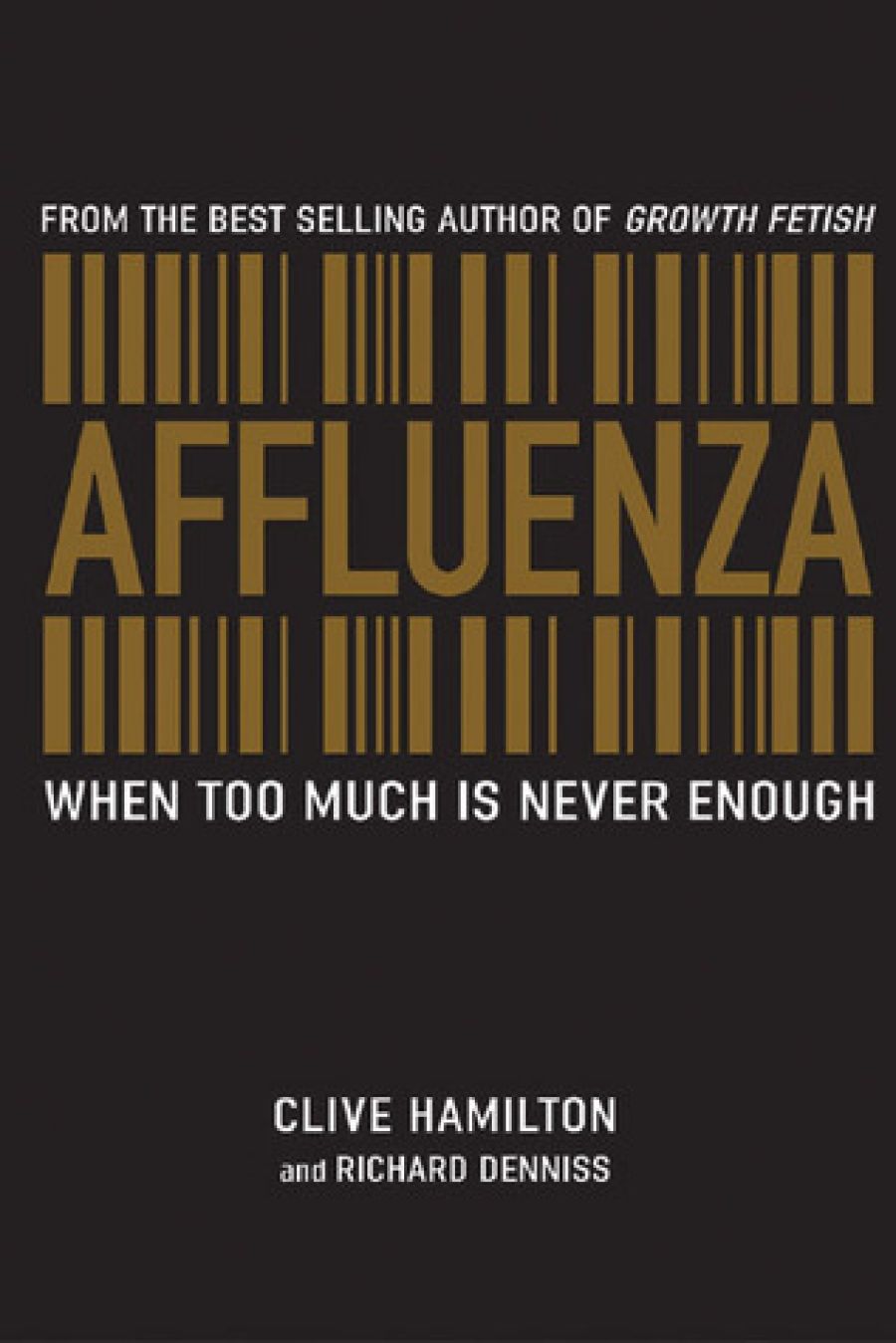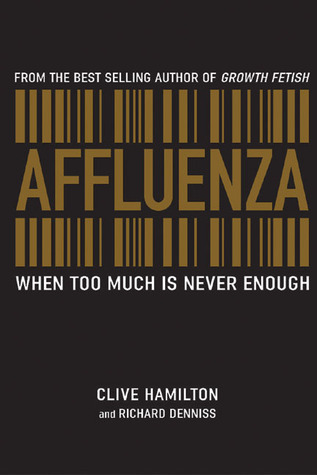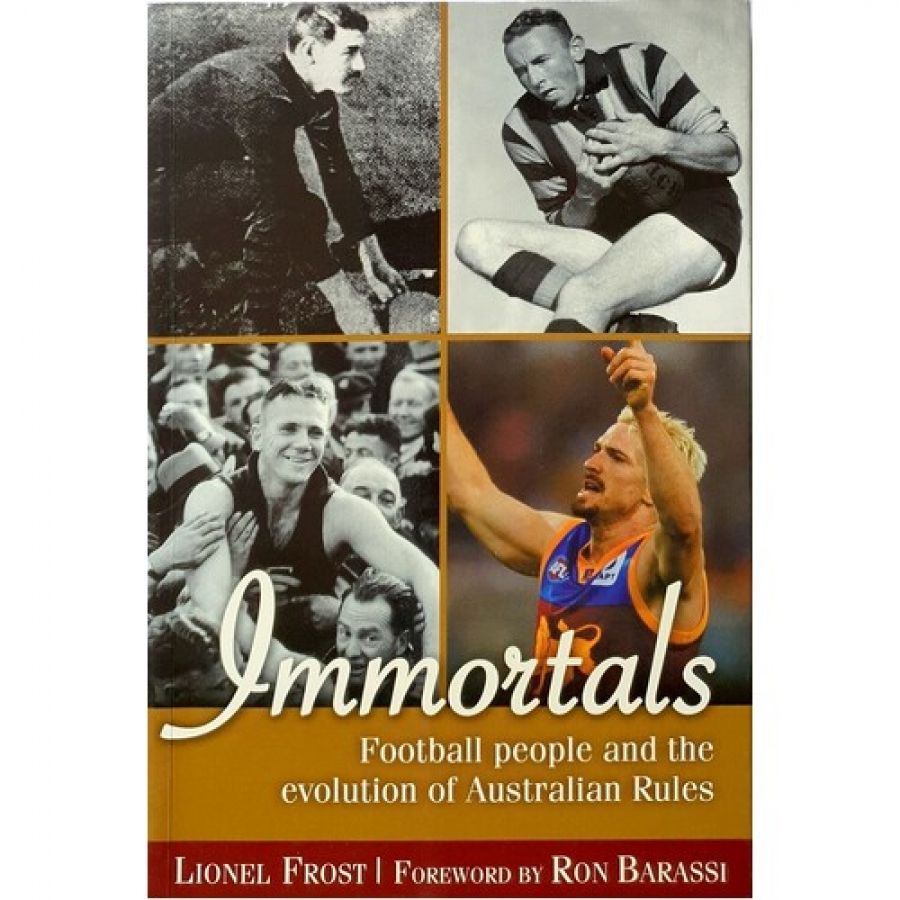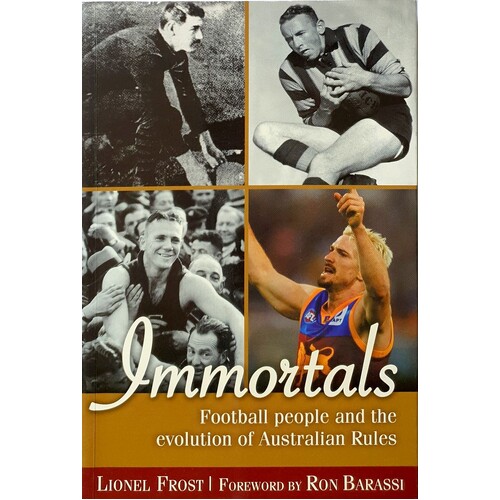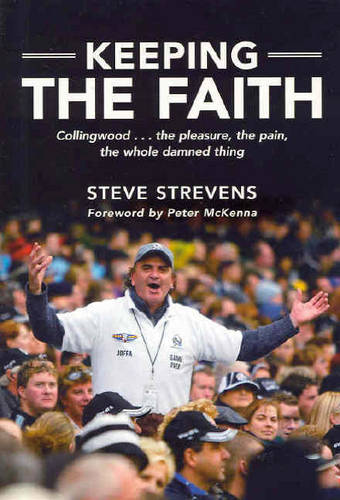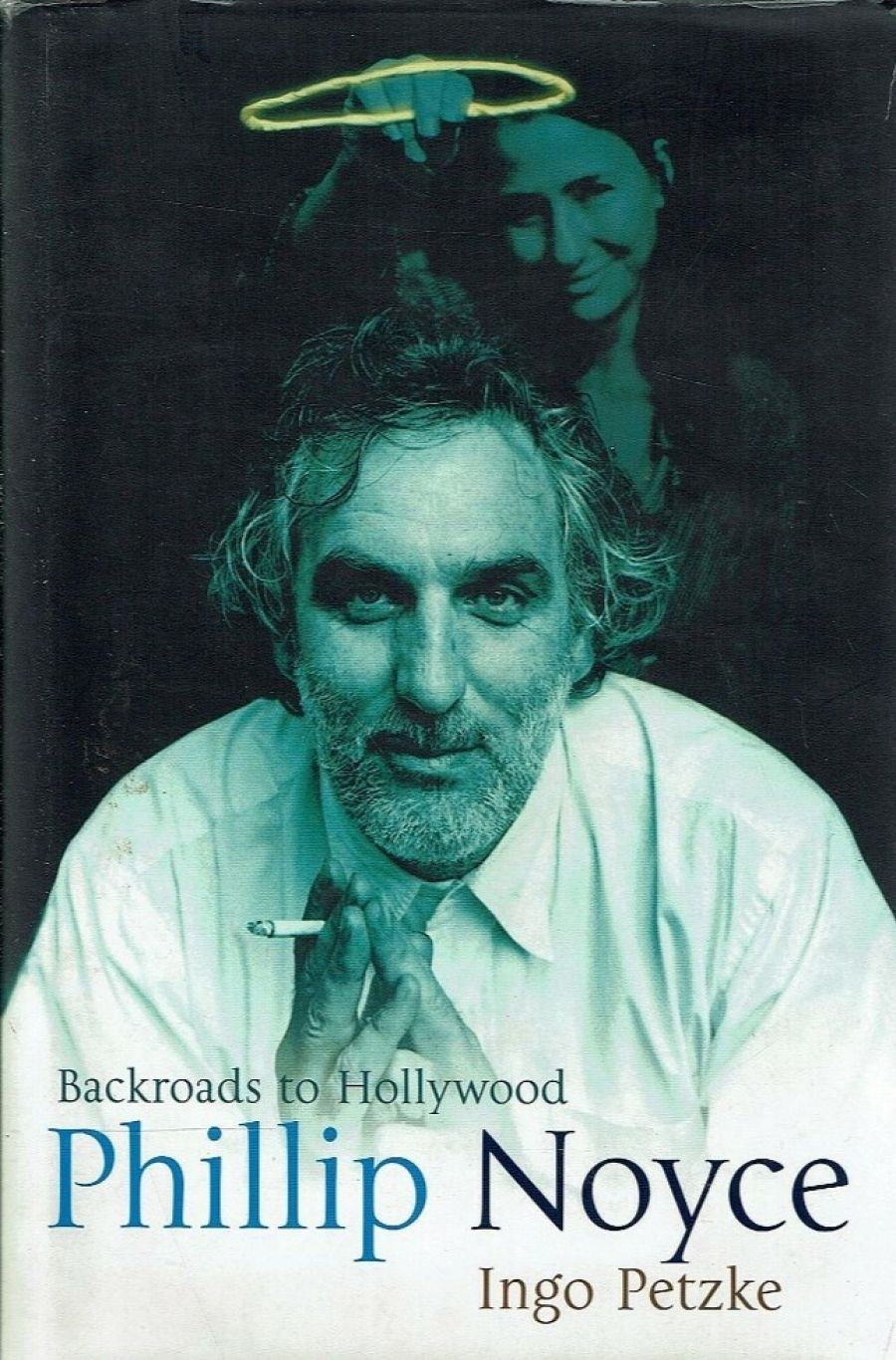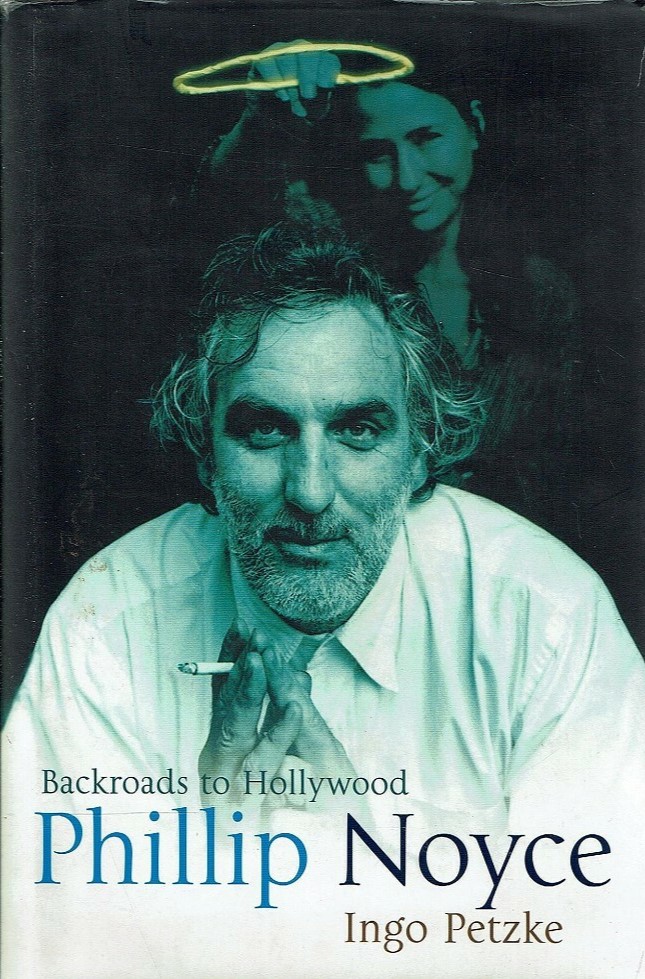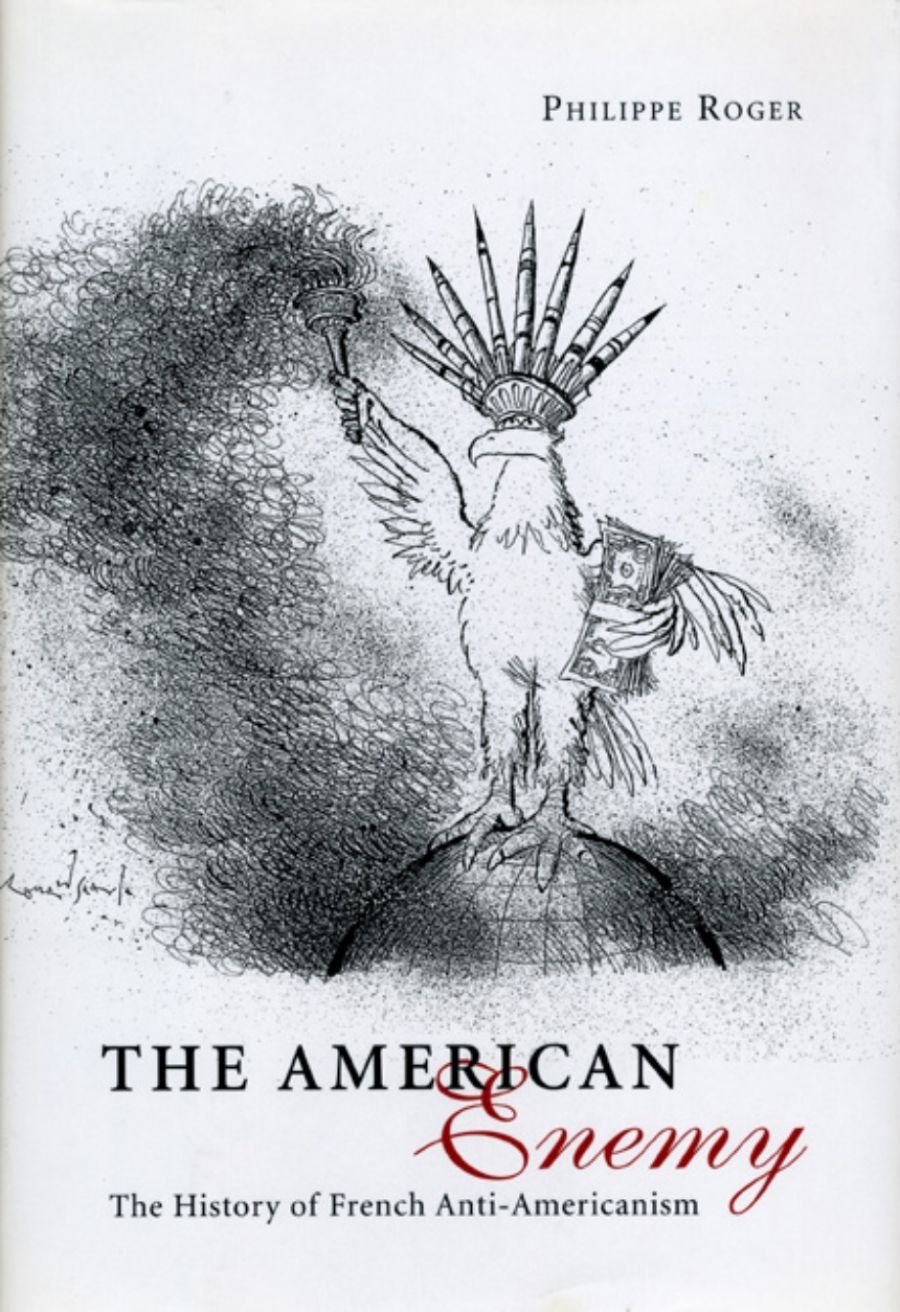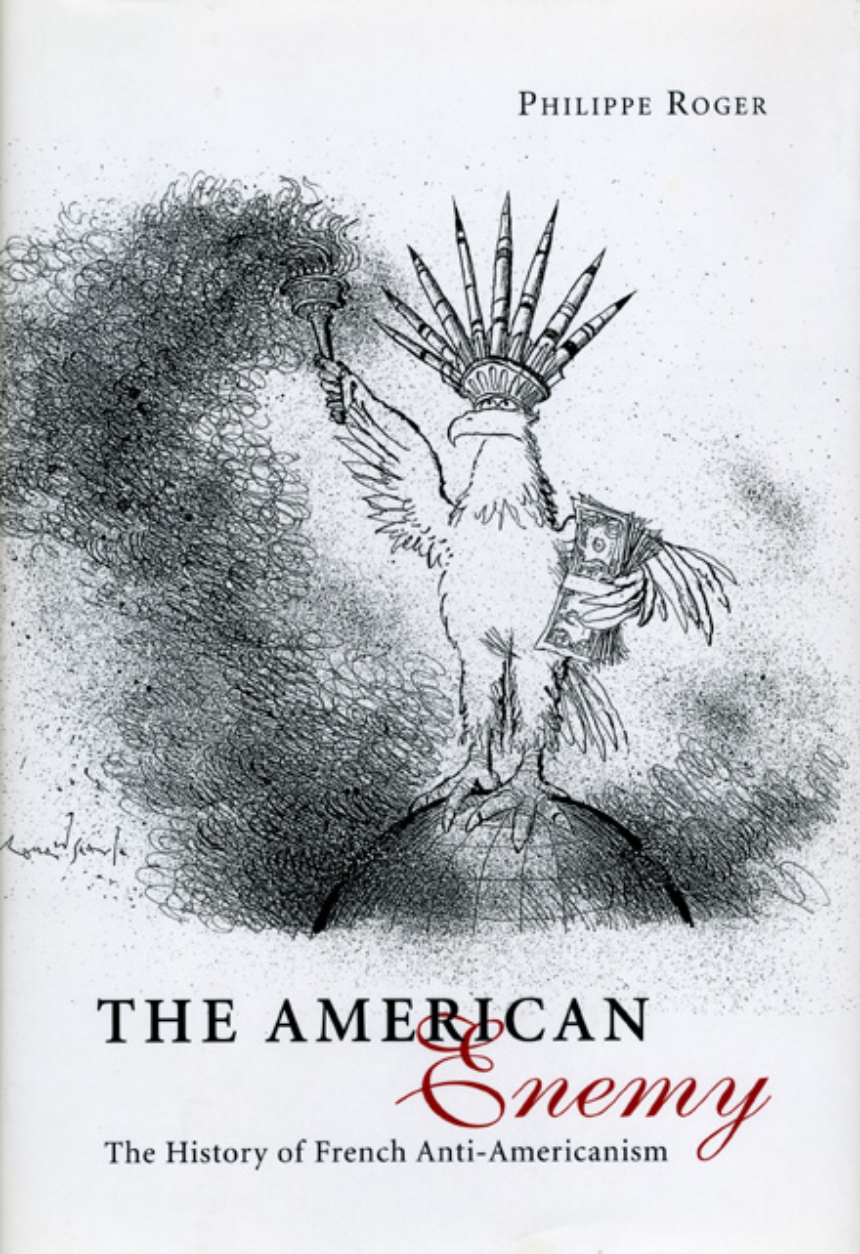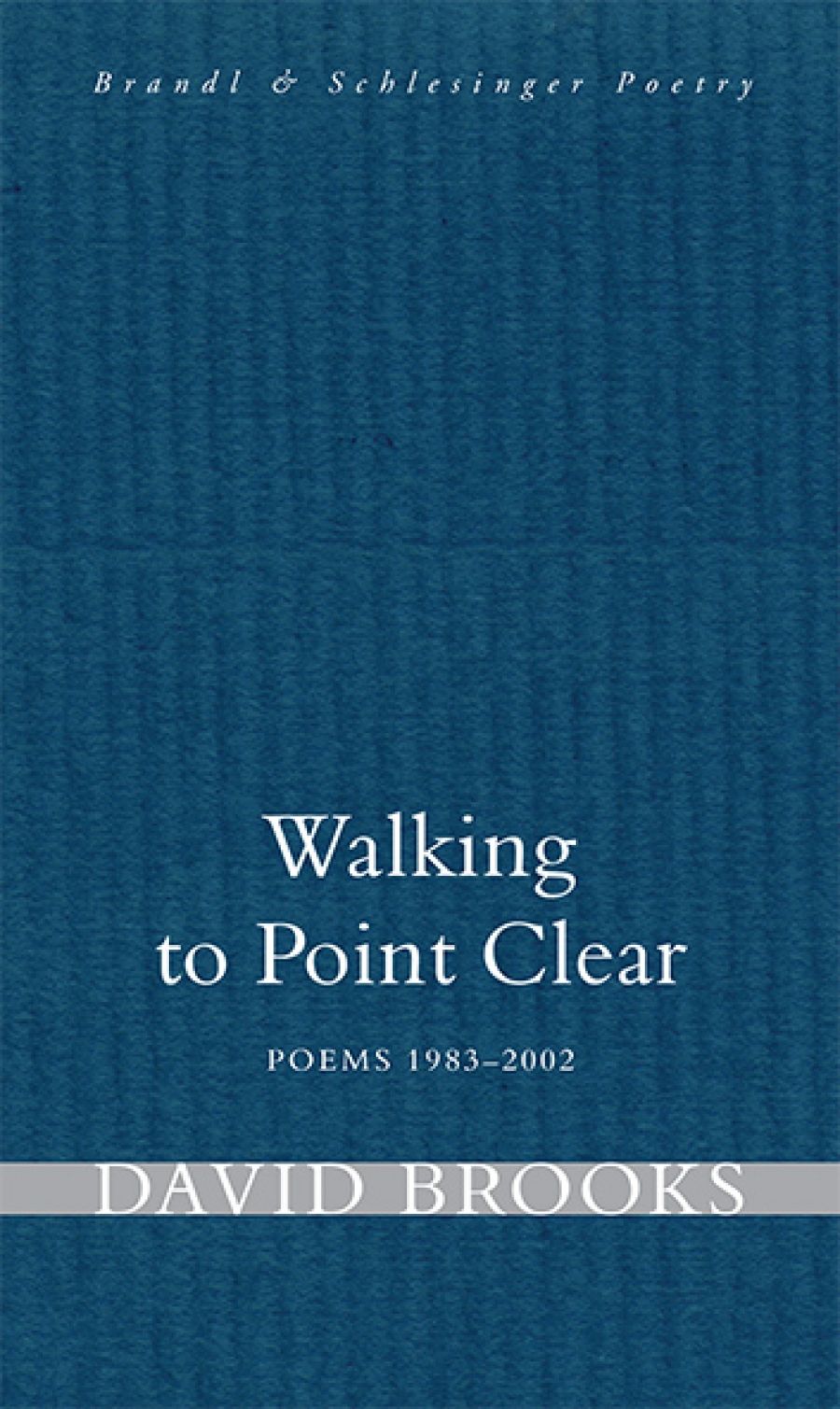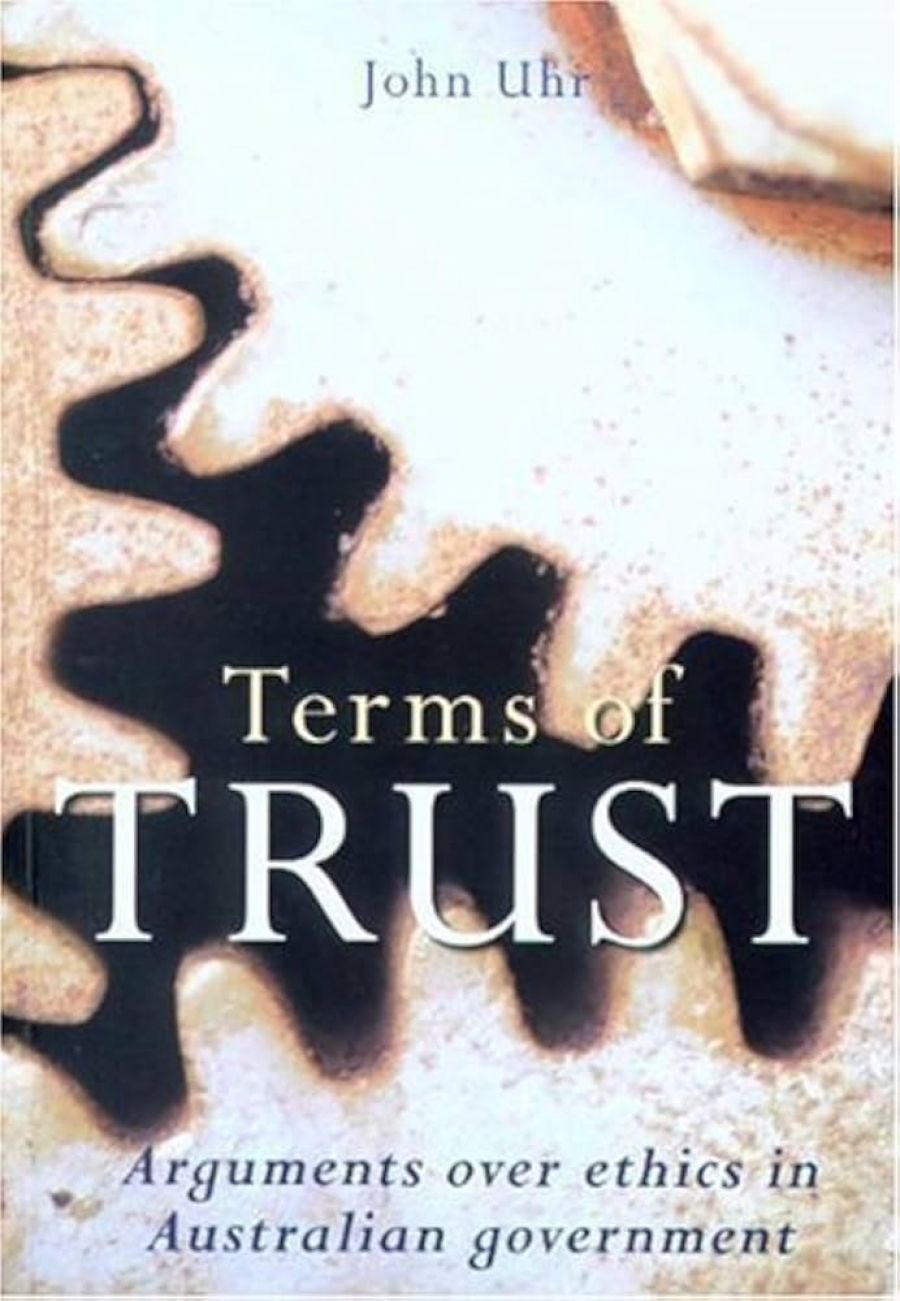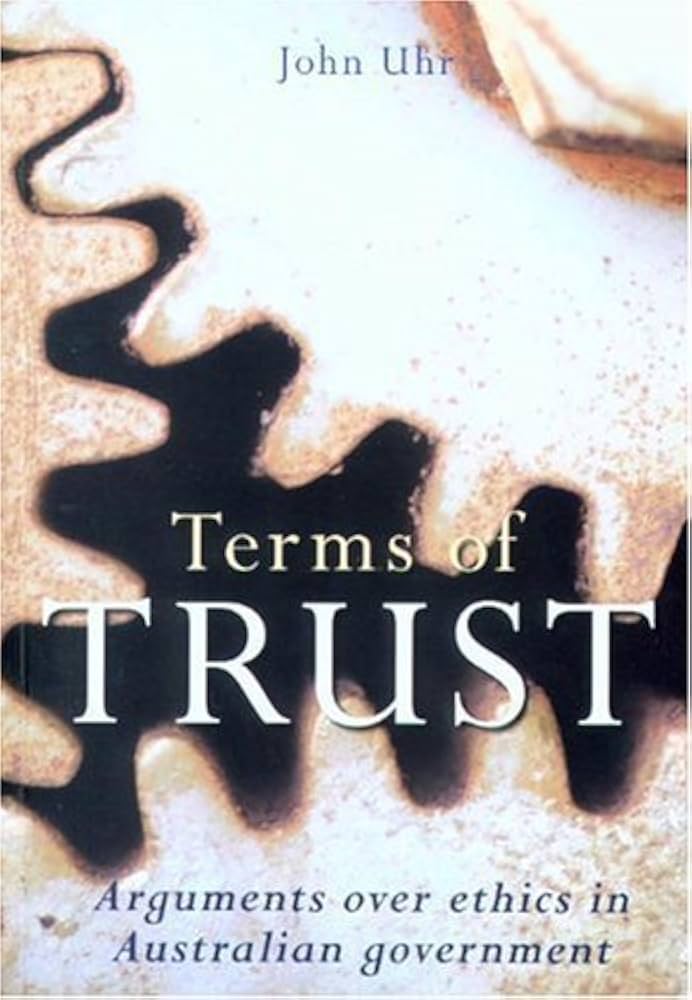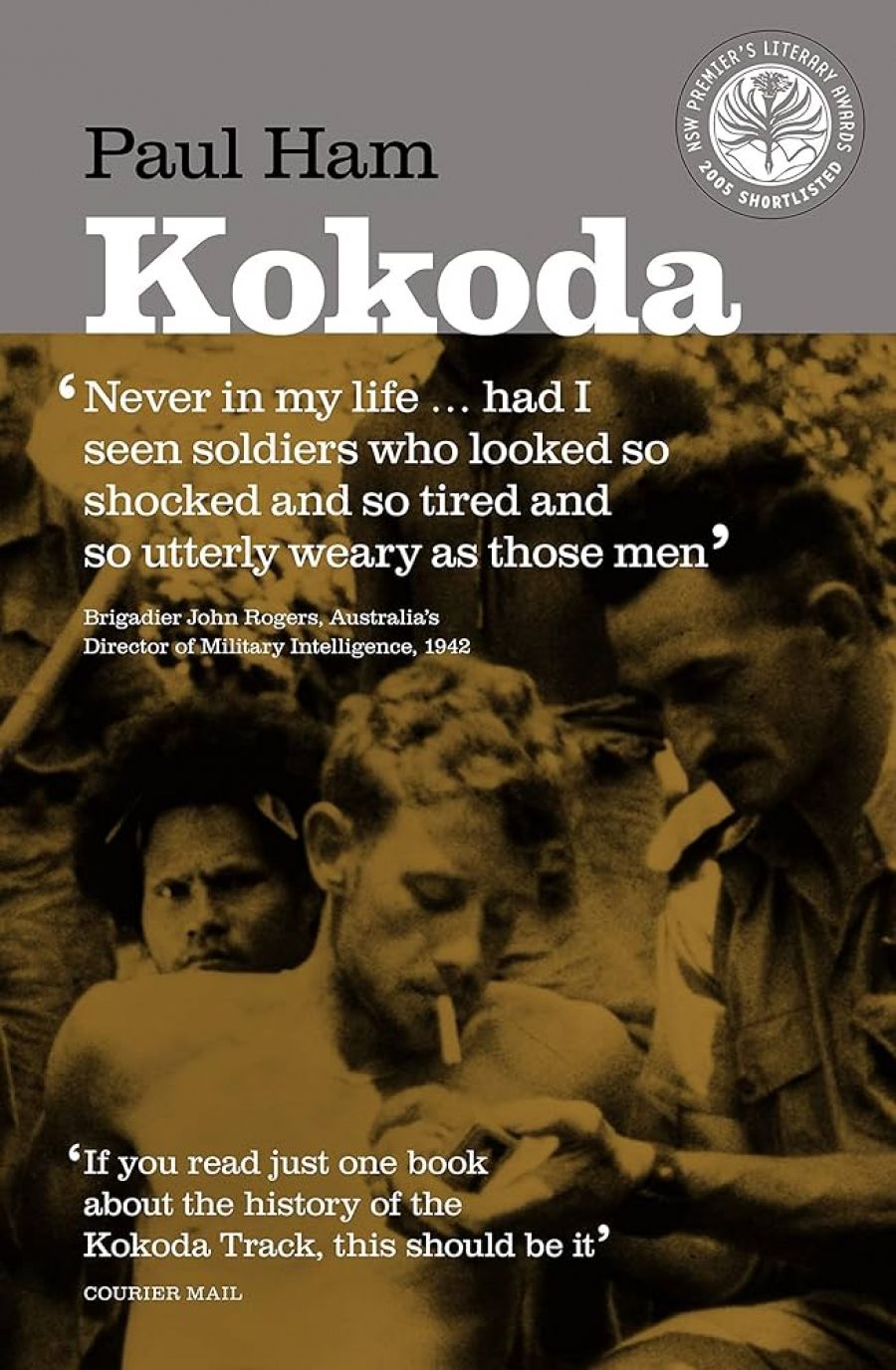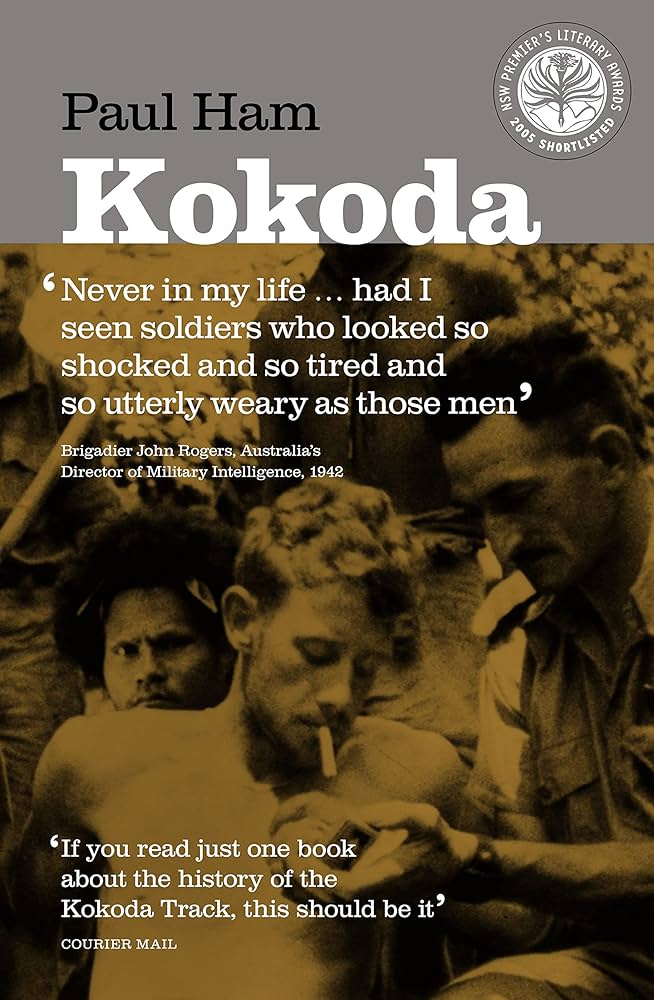- Free Article:
No
- Contents Category:
Advances
- Review Article:
No
- Show Author Link:
Yes
- Show Byline:
Yes
- Article Title:
Advances - August 2005
- Online Only:
No
- Custom Highlight Text:
In a country famously saturated with prizes, the ABR Reviewing Competition is unique. It is widely regarded as one of the most constructive and needed awards, which is why we have brought forward the third competition from the advertised date of 2006. Announcing the winners of last year’s competition in the December 2004–January 2005 issue, ‘Advances’ reported that 100 new and experienced reviewers had entered, in three categories: fiction, non-fiction (including poetry) and children’s/young adult books. Our winners were Maya Linden, Vivienne Kelly and Stephanie Owen Reeder, respectively, all of whom (in addition to having their winning review published in the February 2005 issue of ABR) have gone on to write for the Review (Dr Reeder, indeed, has just become an editorial adviser). ABR looks forward to a similarly rich crop this year.
- Display Review Rating:
No
It’s on again!
In a country famously saturated with prizes, the ABR Reviewing Competition is unique. It is widely regarded as one of the most constructive and needed awards, which is why we have brought forward the third competition from the advertised date of 2006. Announcing the winners of last year’s competition in the December 2004–January 2005 issue, ‘Advances’ reported that 100 new and experienced reviewers had entered, in three categories: fiction, non-fiction (including poetry) and children’s/young adult books. Our winners were Maya Linden, Vivienne Kelly and Stephanie Owen Reeder, respectively, all of whom (in addition to having their winning review published in the February 2005 issue of ABR) have gone on to write for the Review (Dr Reeder, indeed, has just become an editorial adviser). ABR looks forward to a similarly rich crop this year. The purpose of the ABR Reviewing Competition is to reward good critical writing and to replenish the ranks of critics. Full details of this year’s competition are published on page 8 of this issue. Entries close on September 30.
Martha Nussbaum in Adelaide
The influential American scholar Martha Nussbaum will spend a week in Adelaide in late August. Her visit is being organised by the Don Dunstan Foundation in association with other South Australian institutions, including Flinders University. Nussbaum, the Ernst Freund Distinguished Service Professor of Law and Ethics at the University of Chicago, has a full programme, but ABR readers won’t want to miss her major public engagement. On Tuesday, August 23 (7.30 p.m.), Professor Nussbaum will deliver the 2005 Don Dunstan Human Rights Oration, entitled ‘Global Justice and Human Development’. The cost is $20 ($15 for concession holders, or $10 for those under sixteen years). To book call (08) 8303 3364 or email josie.covino@ adelaide.edu.au.
Poetry in translation
Devotees of poetry and the art of literary translation will be drawn to ‘In Other Words’, a three-day festival specialising in bilingual poetry. The organisers have attracted poets from around the world, including Wang Xiaoni from China, Masayo Koike from Japan, and Arjen Duinker from the Netherlands (who will subsequently be a guest at the Melbourne Writers’ Festival). Chris Wallace-Crabbe will open the festival with an address titled ‘A Defence of Poetry’. In Other Words will take place from August 12 to 14 at the Victorian College of the Arts, St Kilda Road, Southbank. To book call (03) 9417 6777.
Melbourne Writers’ Festival
The dates of this year’s festival — Simon Clews’s swansong as director — are August 19 to 28. Readers and students will be able to choose between the usual large array of writers from many countries. Local contributors will include Robert Drewe, Delia Falconer and Kate Grenville, whose new novels, Grace, The Lost Thoughts of Soldiers and The Secret River, are reviewed in this issue. ABR will be well represented throughout the festival: Peter Rose and Aviva Tuffield will take part in a number of sessions.
Future leaders
The Future Leaders Writers’ Prize is intended to recognise and reward young literary talent and to encourage expressive and creative writing about issues in Australian society. Australian secondary schools are invited to submit essays of 800 to 1000 words written by senior students. The first prize is worth $1000; there are two prizes of $500 each. This year’s judges are Larissa Behrendt, Peter Rose and Sophy Williams. For information about Future Leaders, consult www.futureleaders.com.au. Send entries to Dr Helen Sykes at Future Leaders, 5 St Vincent Place, Albert Park, Victoria 3206 or to This email address is being protected from spambots. You need JavaScript enabled to view it..
